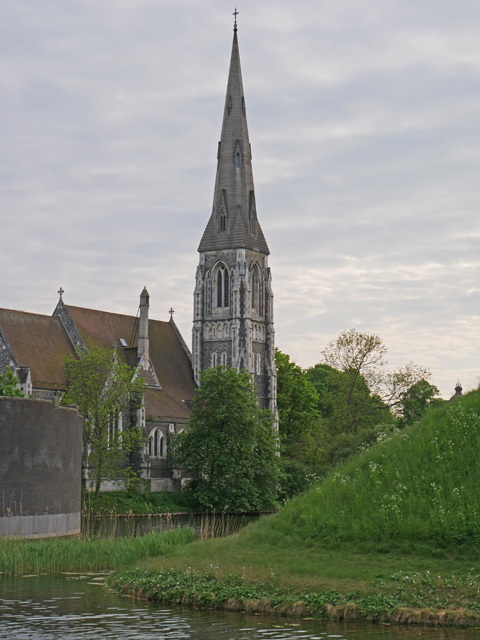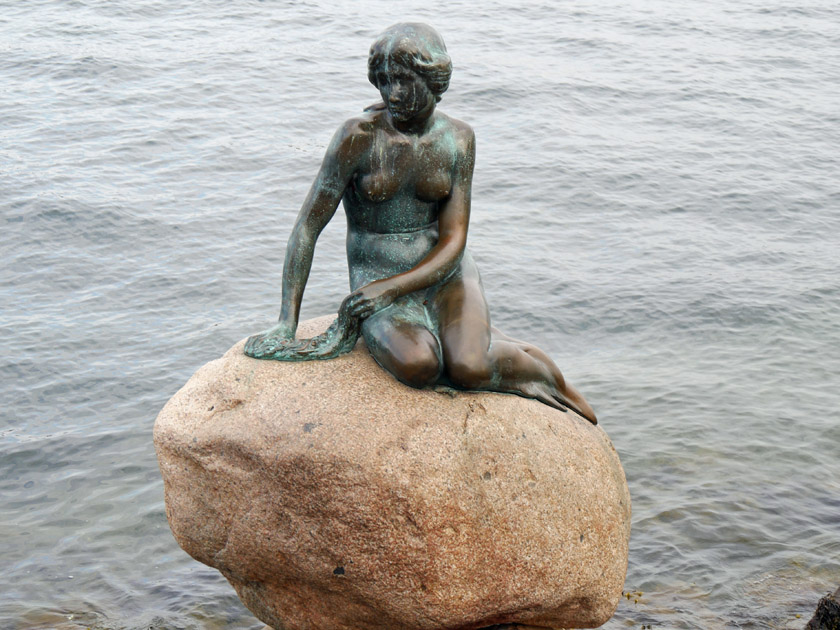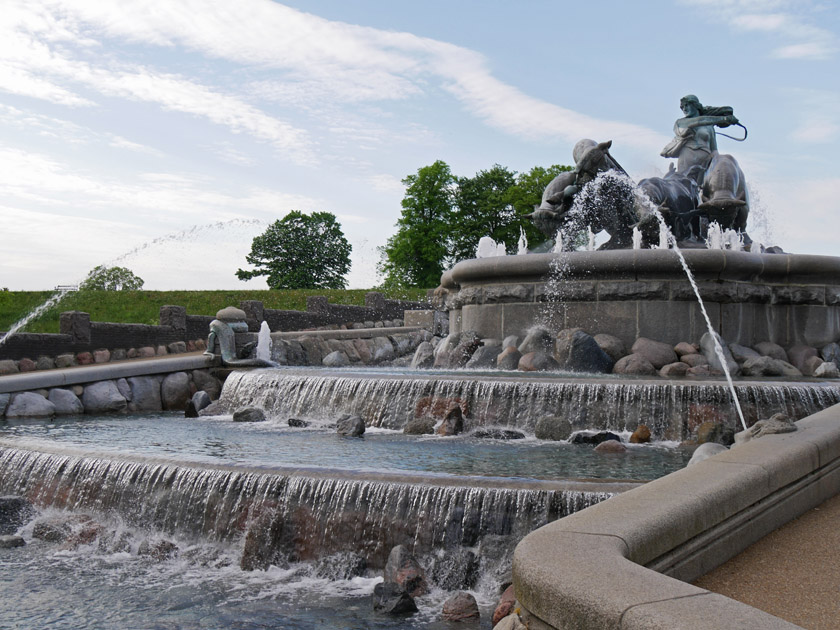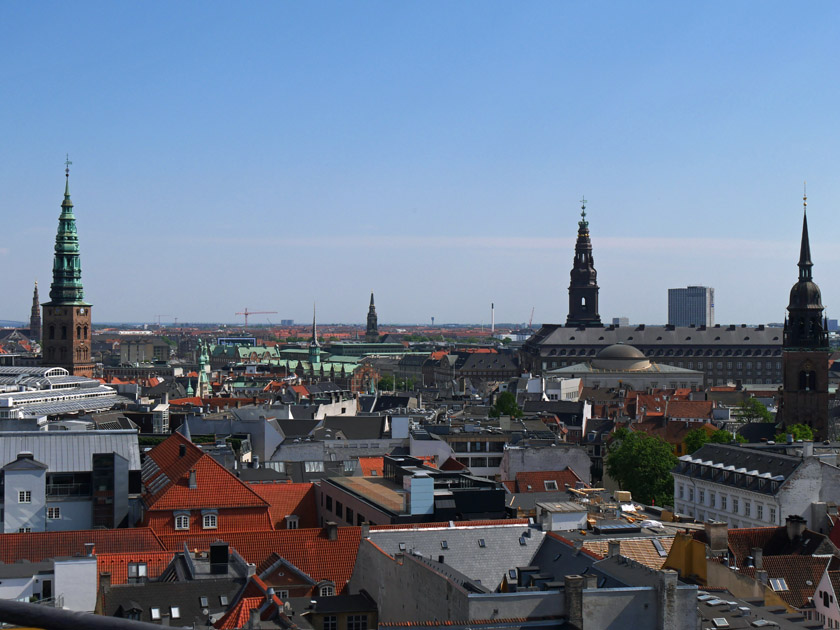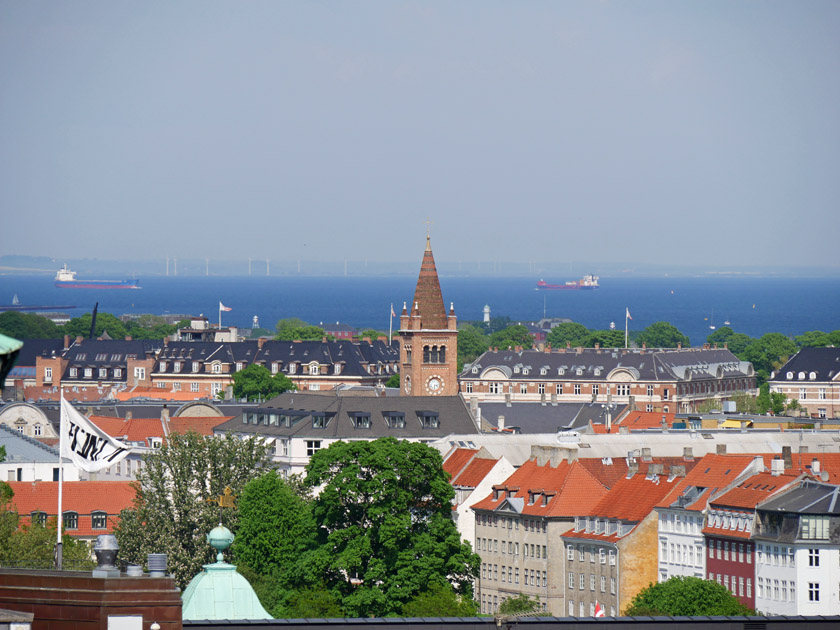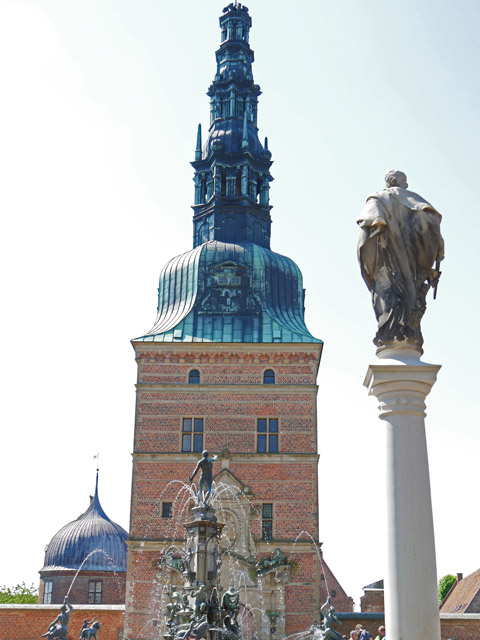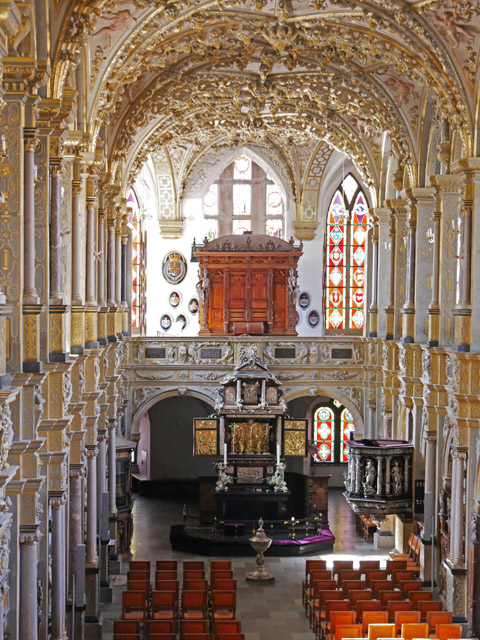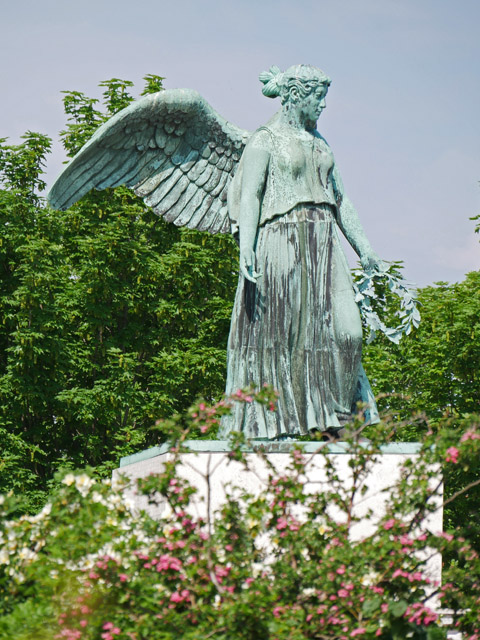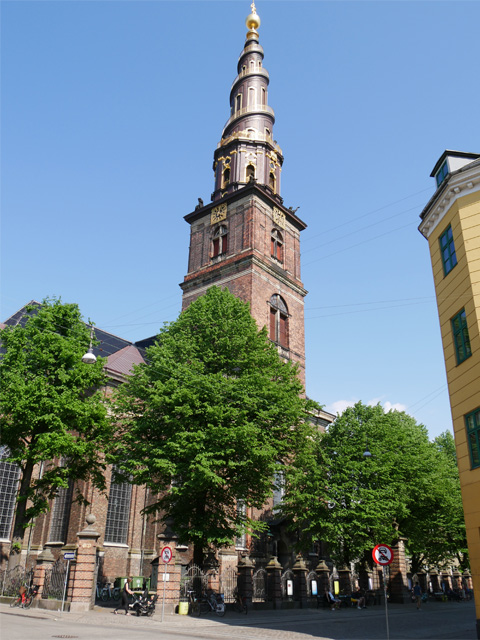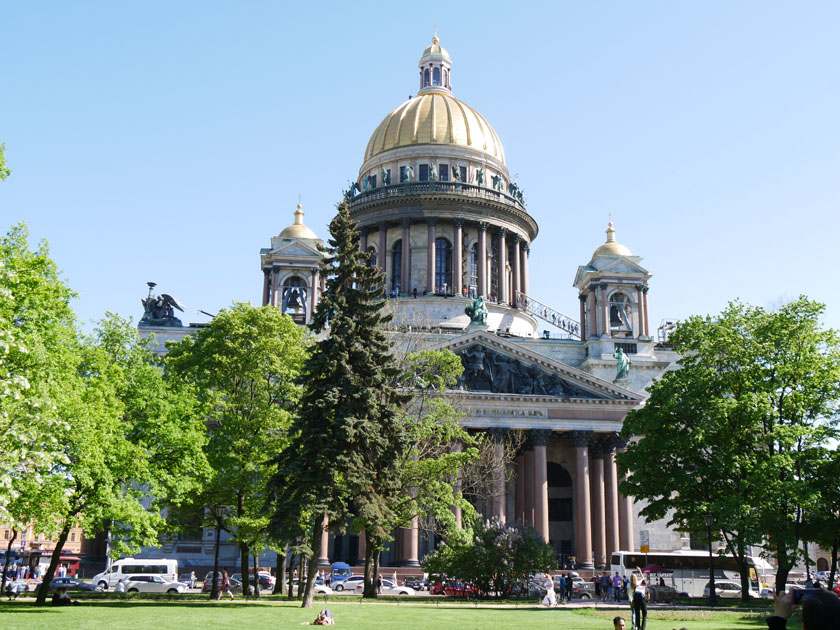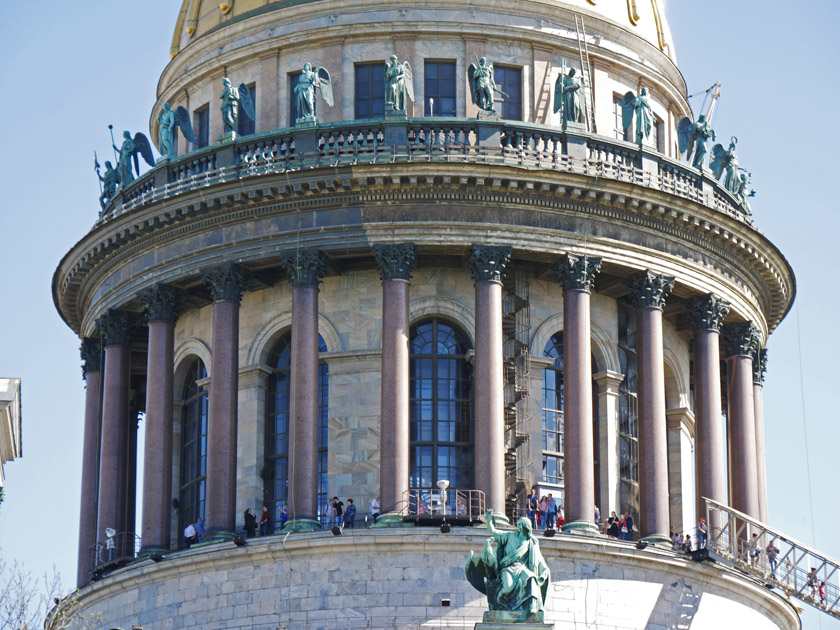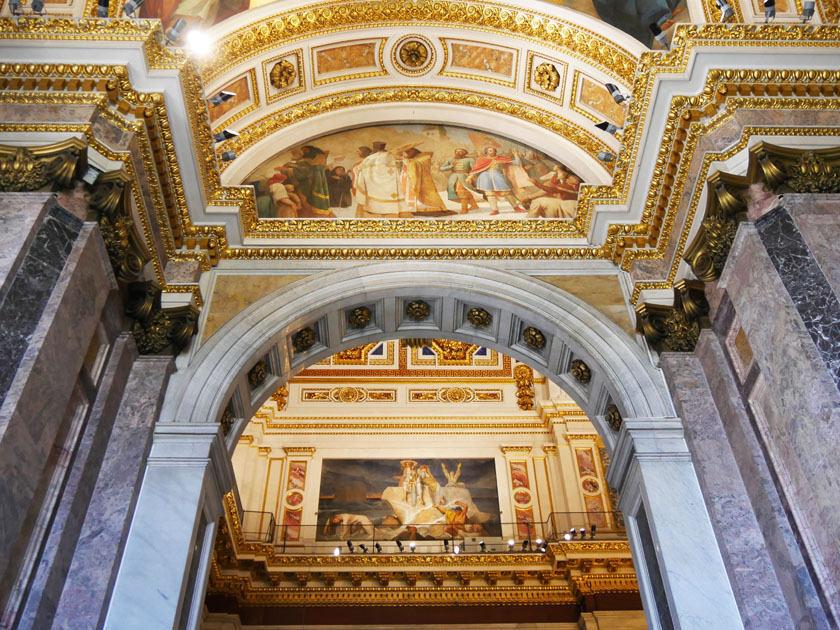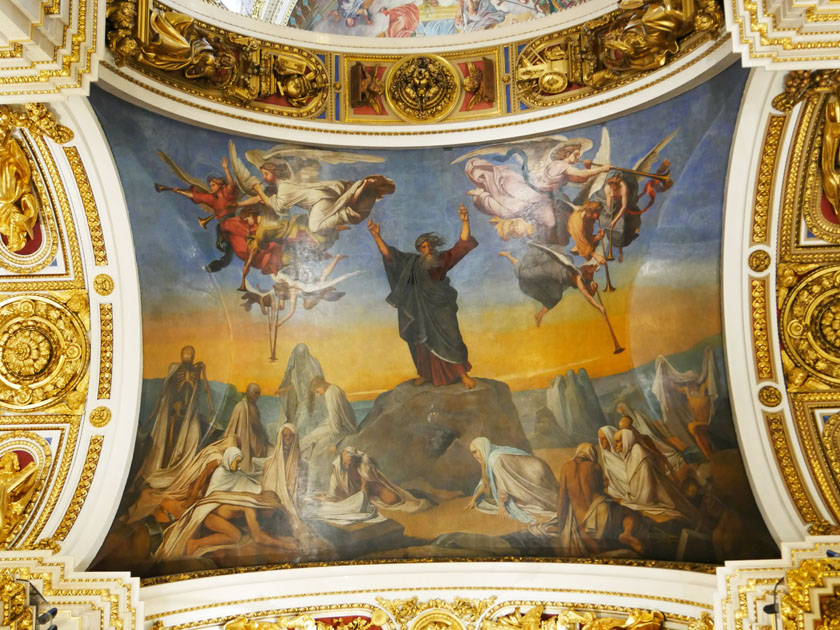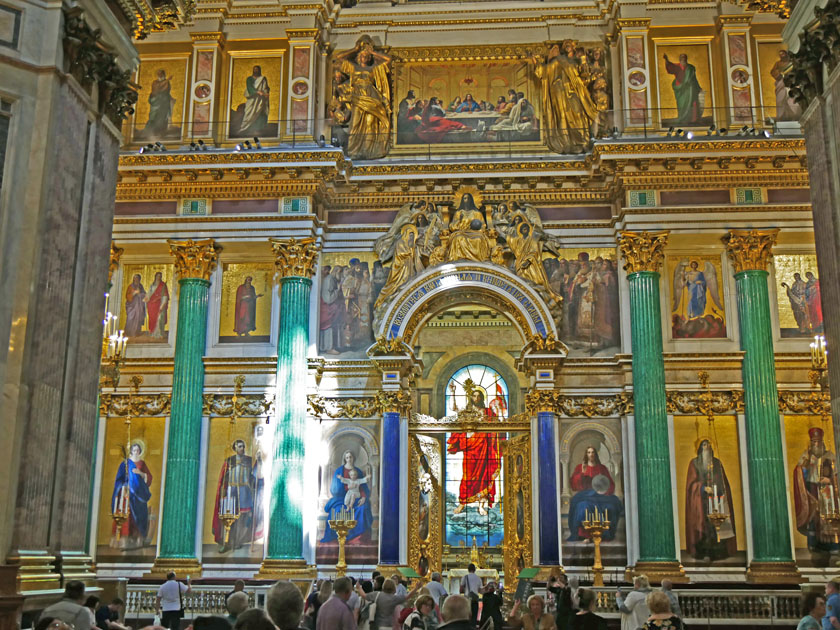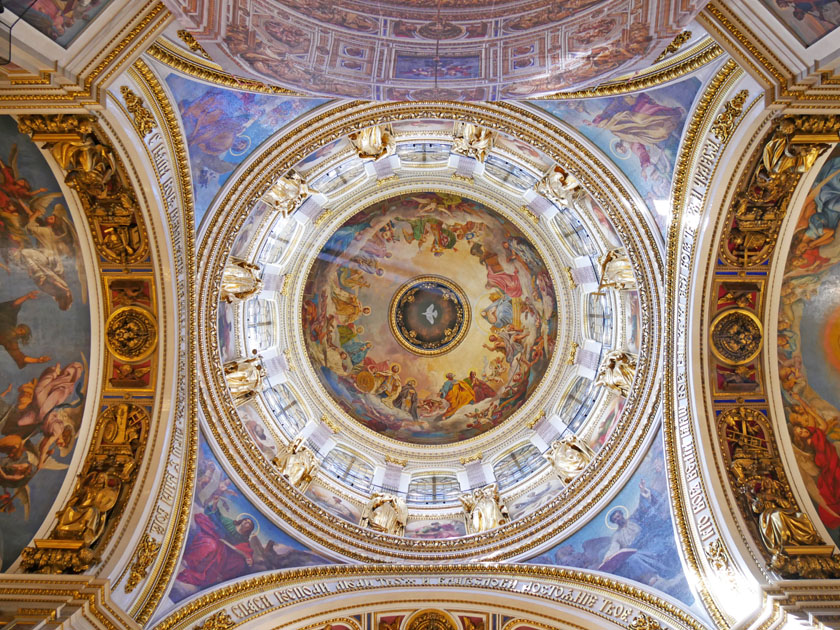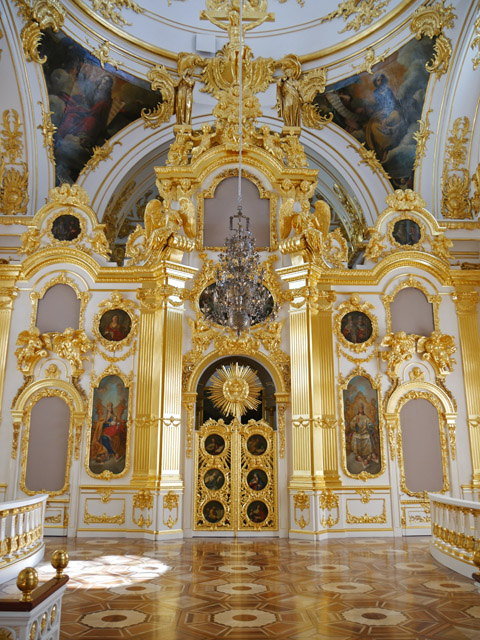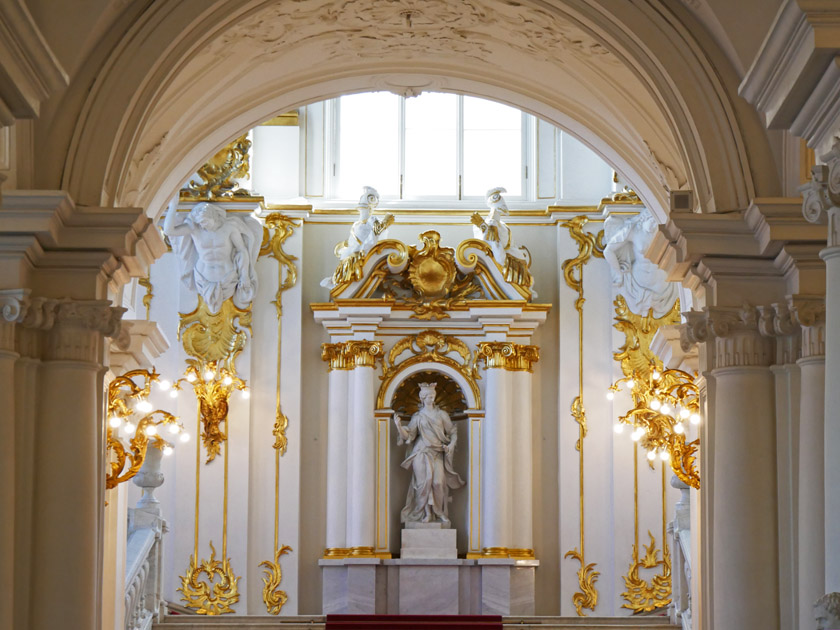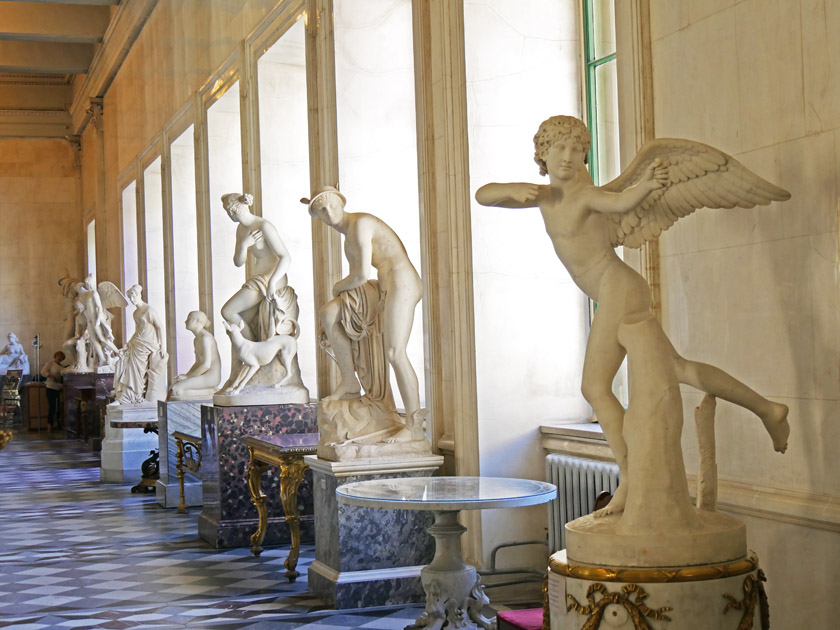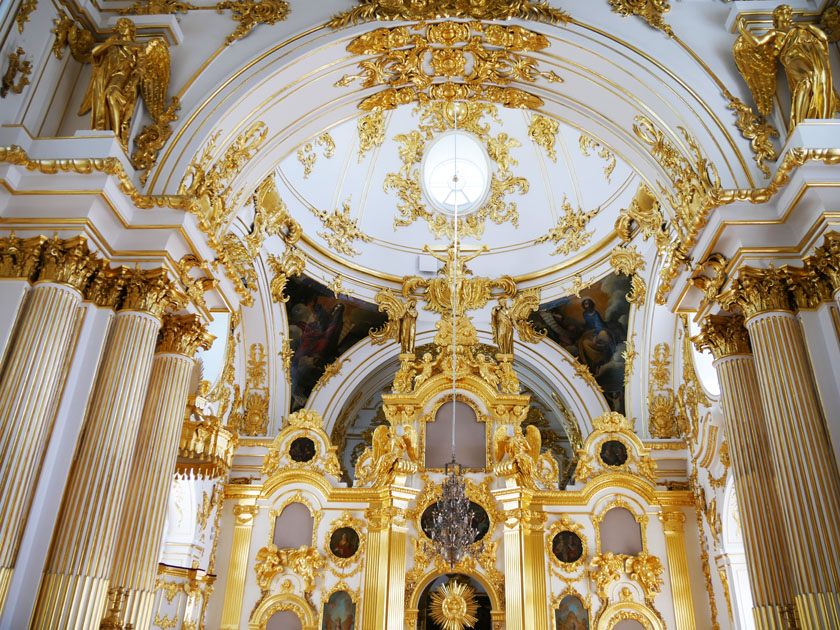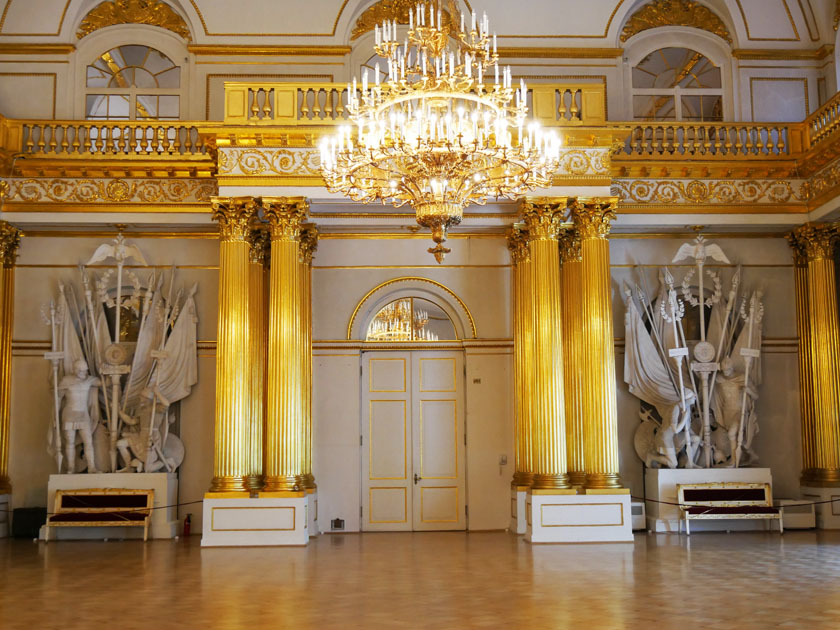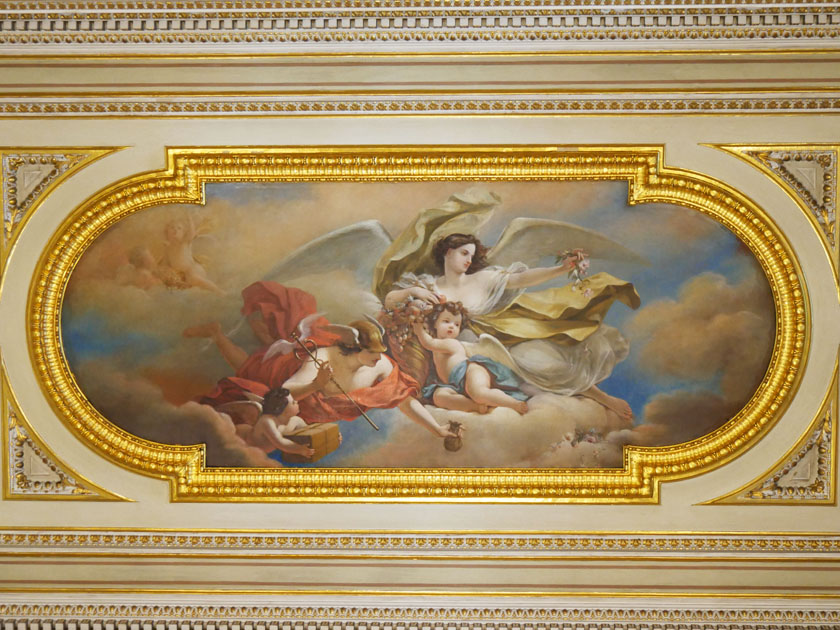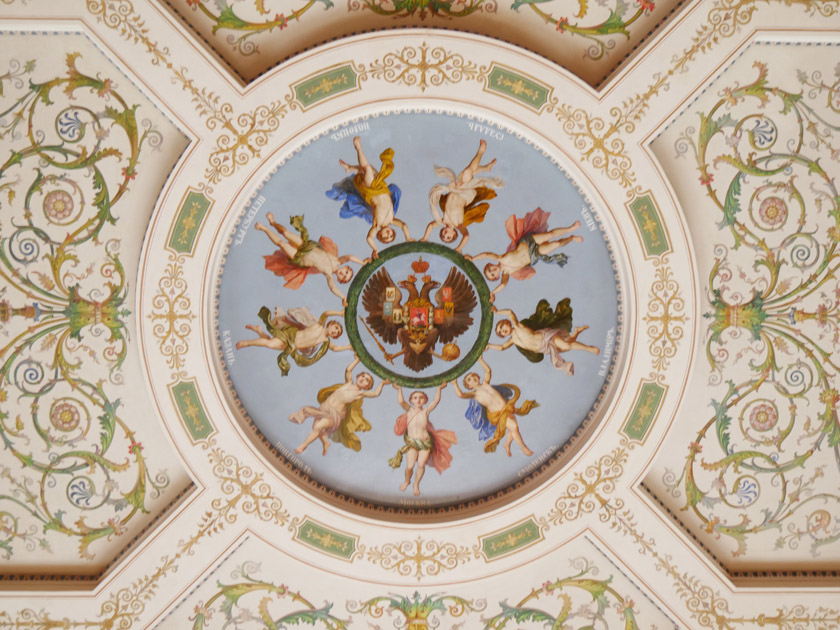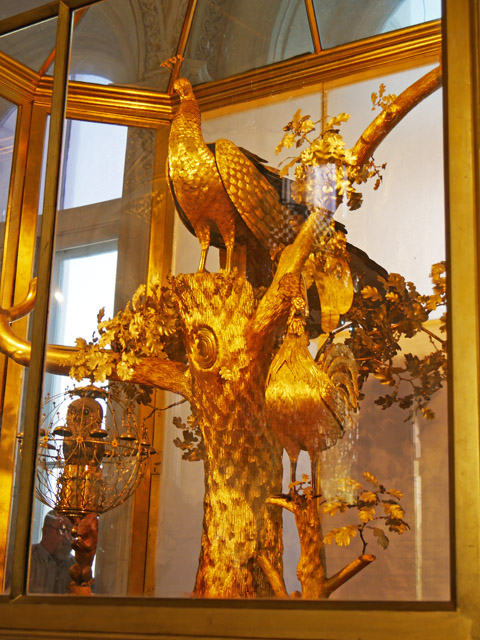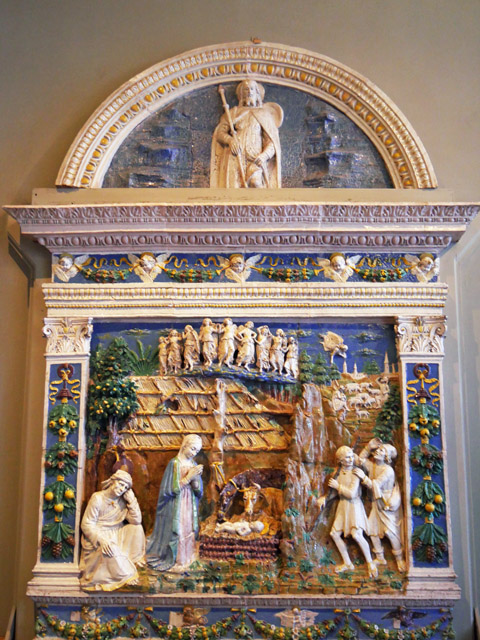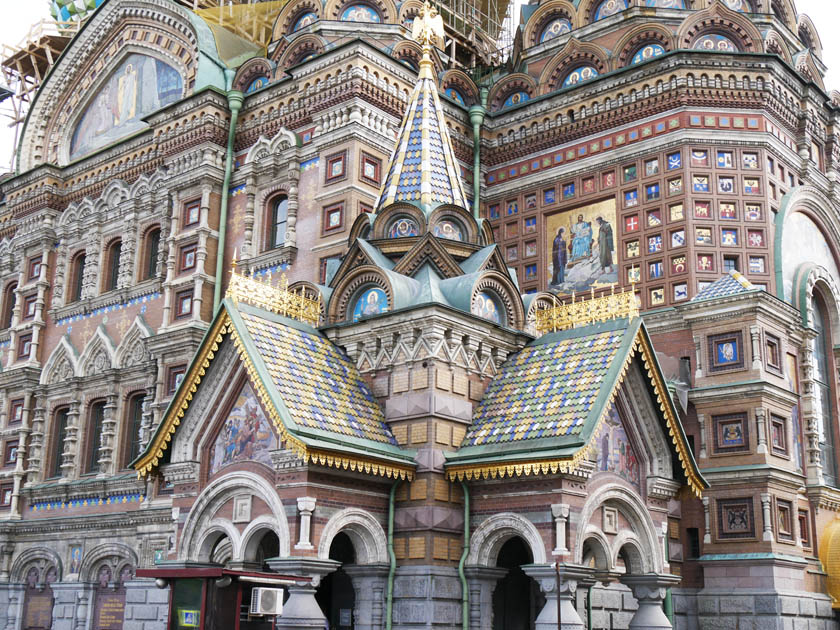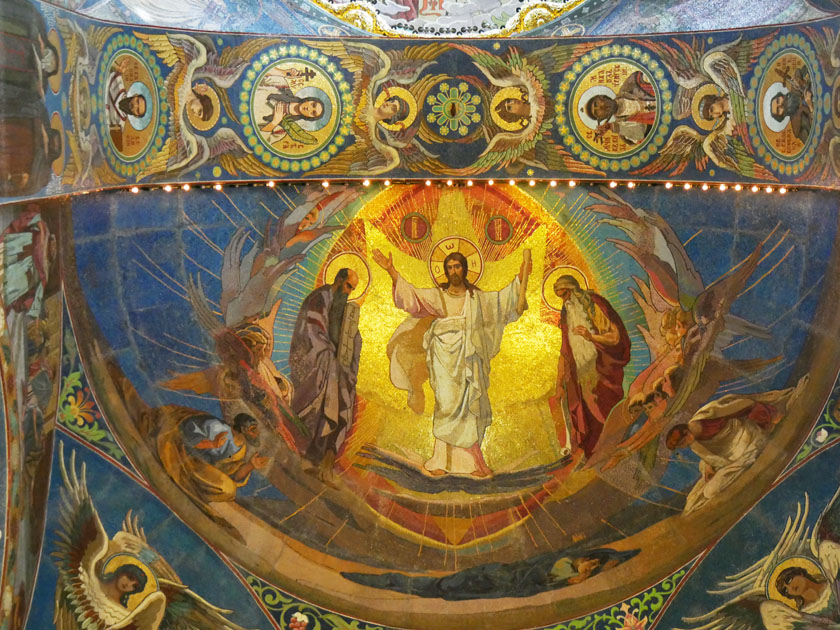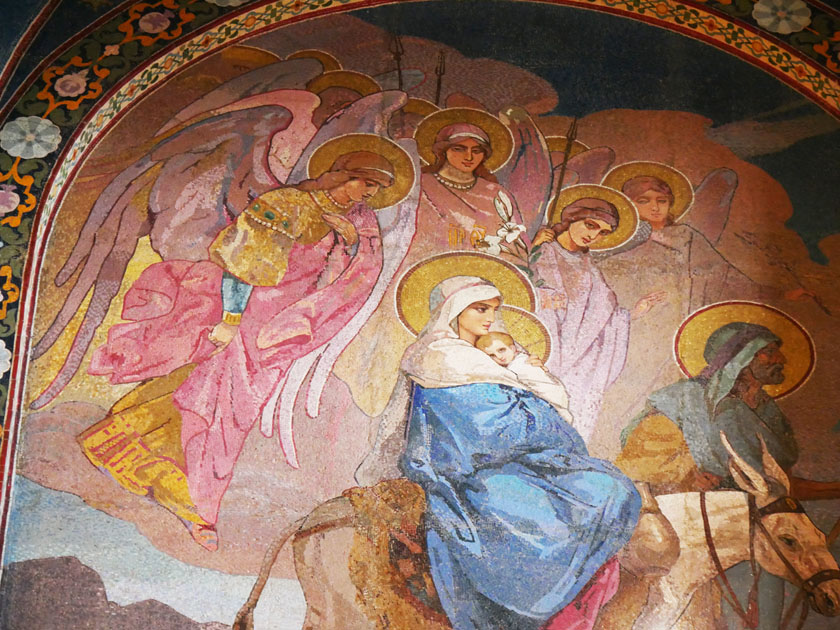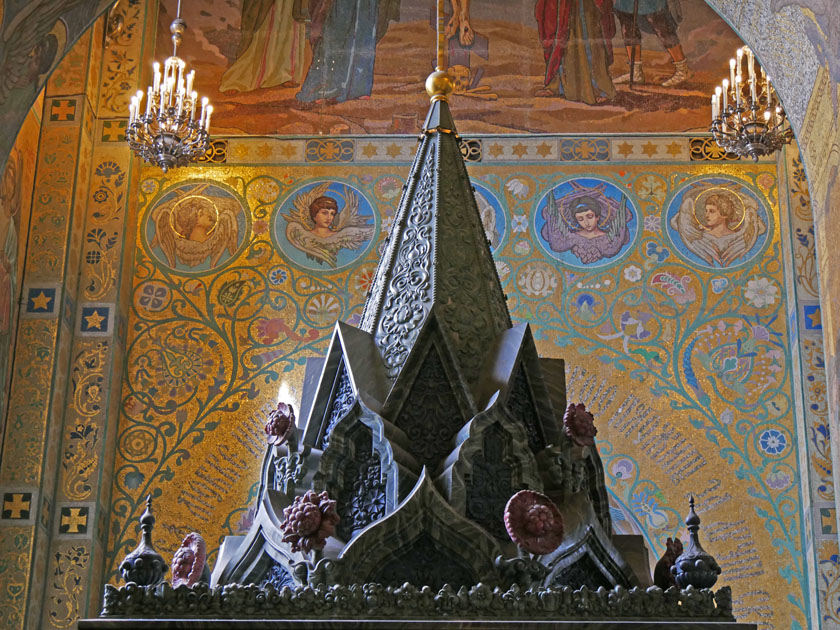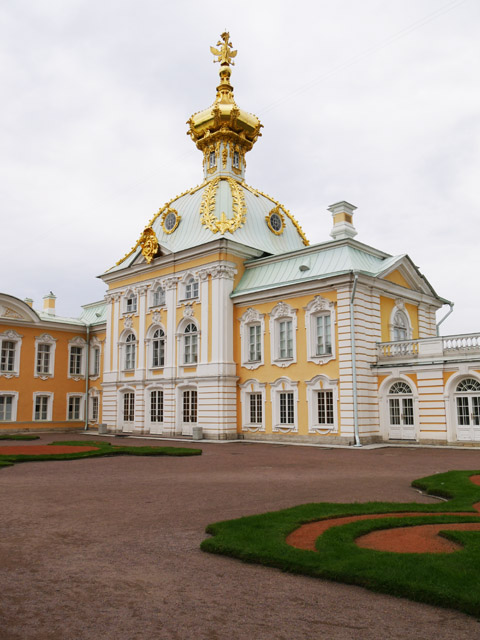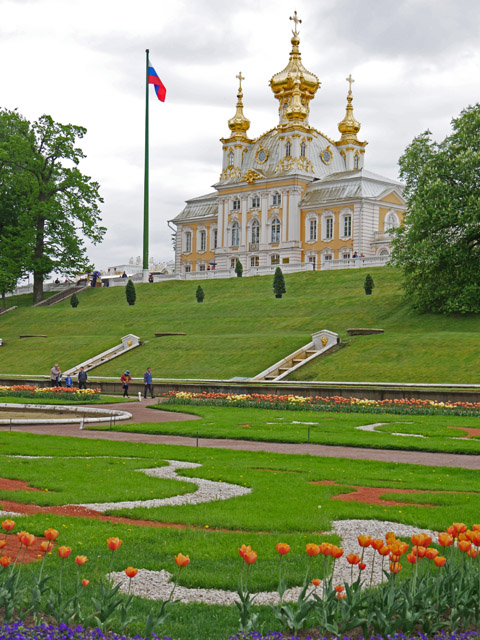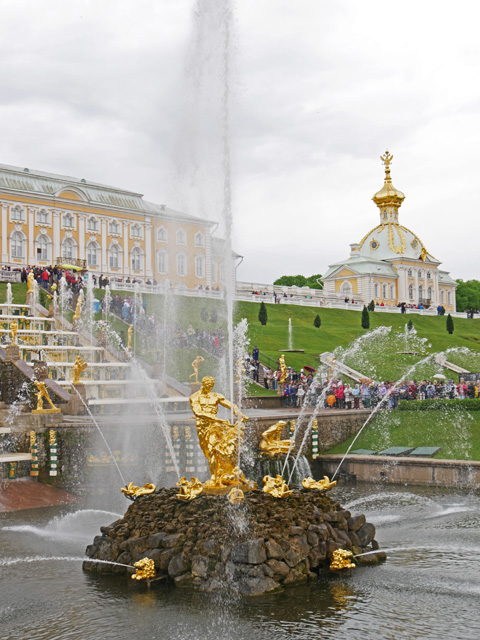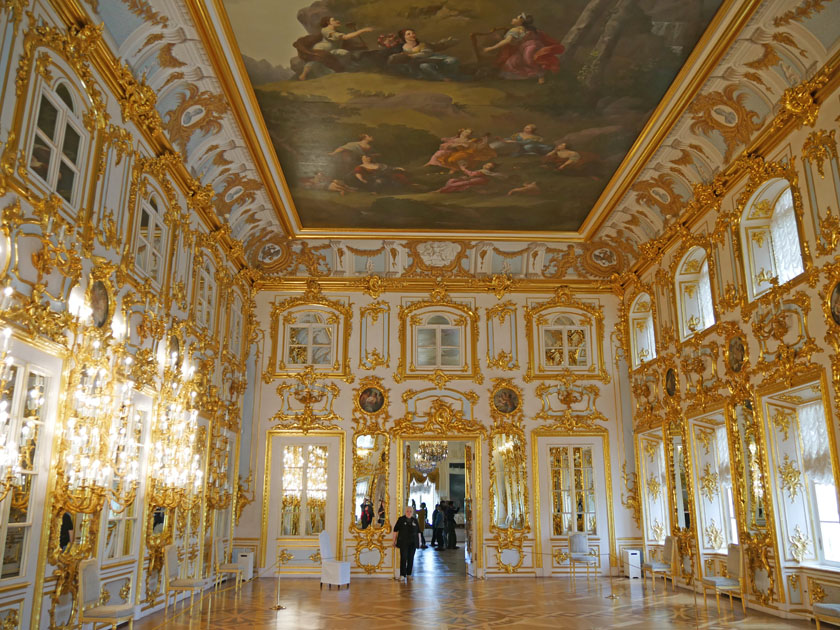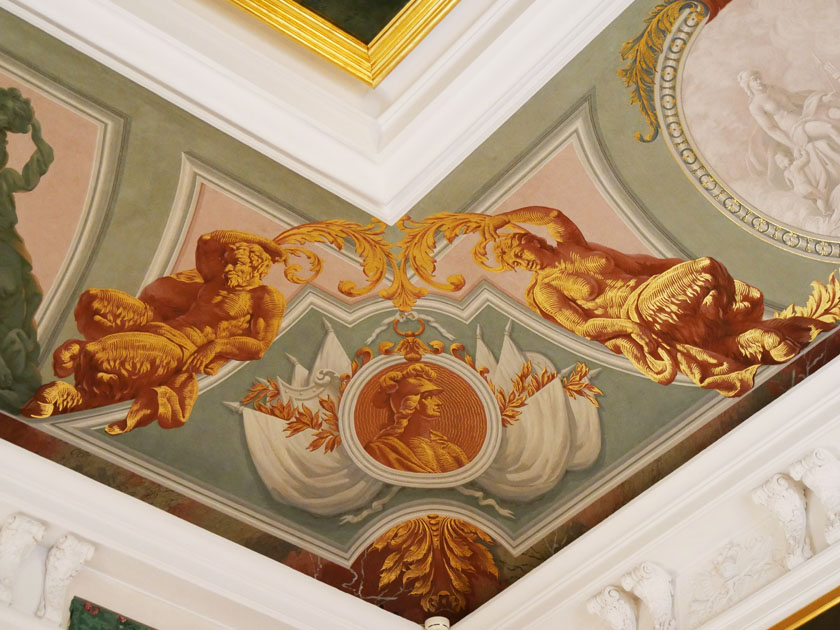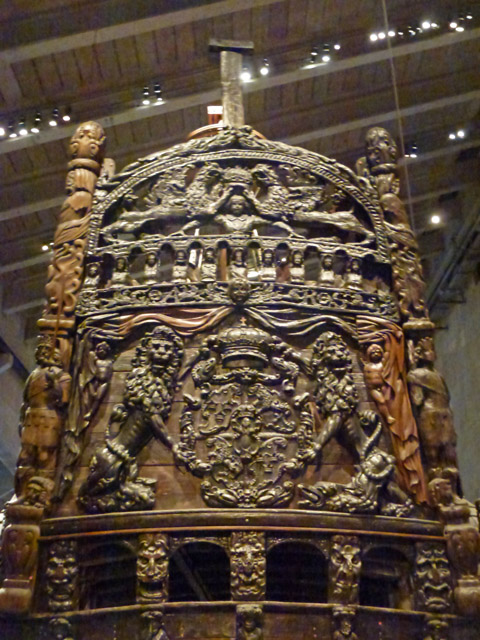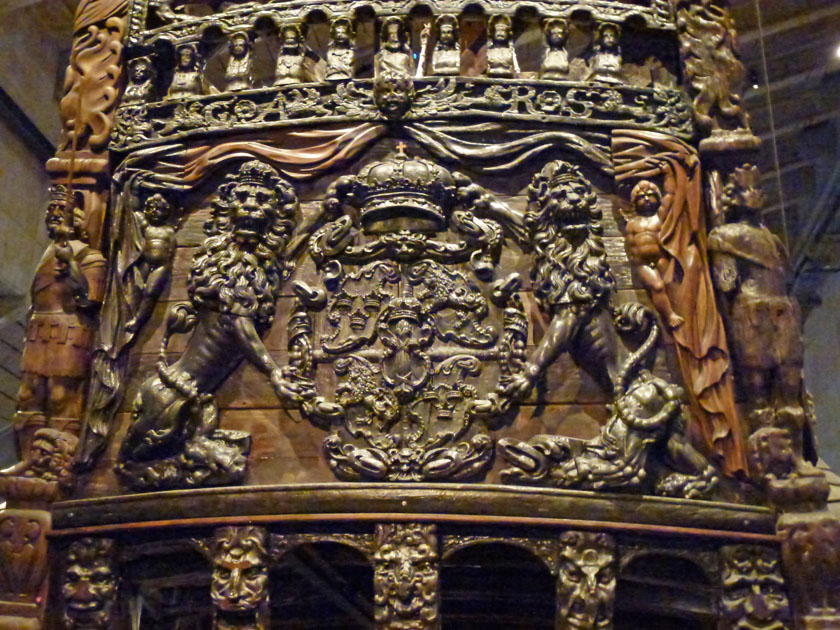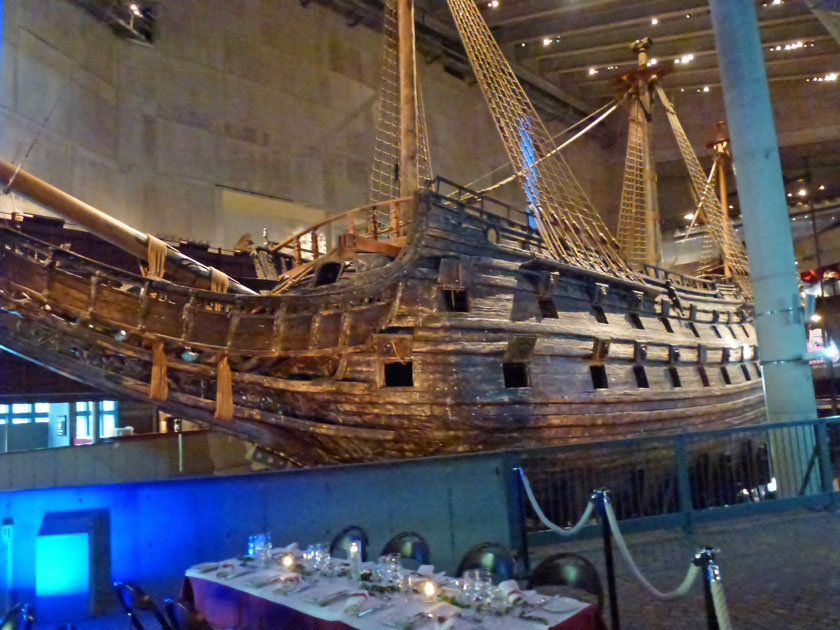Tauck Baltic Cruise, May 2018
Aboard the Ponant Ship Le Soléal
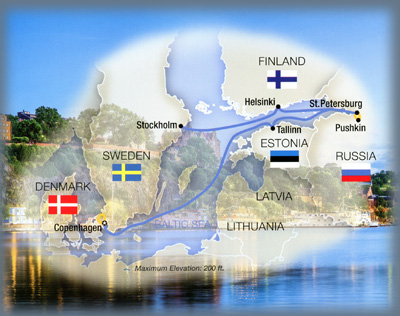 |
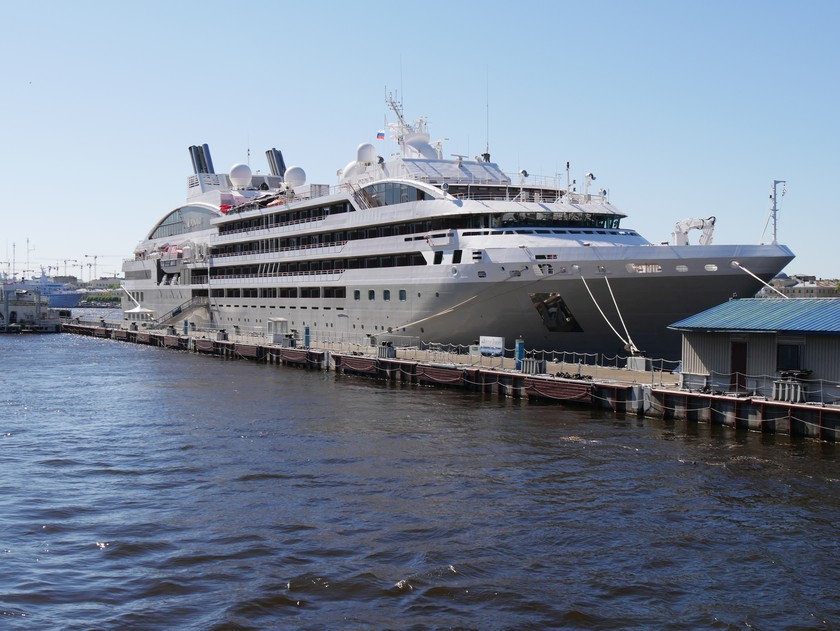 | |
Copenhagen, Denmark
|
||
| ||
Copenhagen, Denmark
Click on an image to see a larger version,
hold cursor on image to see caption
Use arrow icons or
arrow keys to navigate on photo pages.
Viewing on a tablet? Try using the PDF file Baltic Cruise 2018 PDF to swipe through the photos.
Frederiksborg Slot is the largest Renaissance castle in northern Europe. The castle is the work of King Christian IV, who had the manor house where he was born in 1577 replaced by the castle complex during the first two decades of the 17th century. The palace was largely destroyed by fire in 1859, but rebuilt. The Frederiksborg Castle Chapel of 1617, that mostly escaped damage from the fire, contains the 1000-pipe Compenius Organ, built in 1610. |
||||||||
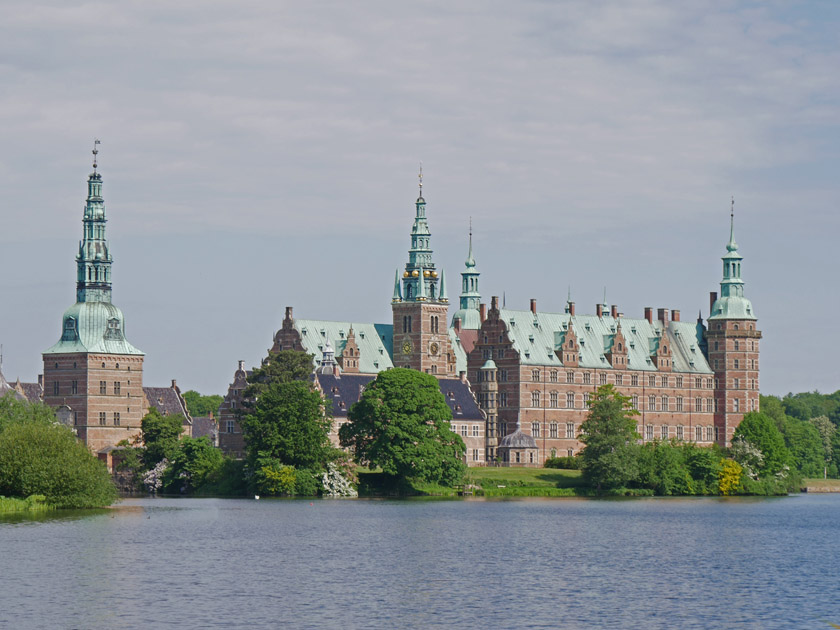 |
|
 |
||||||
 |
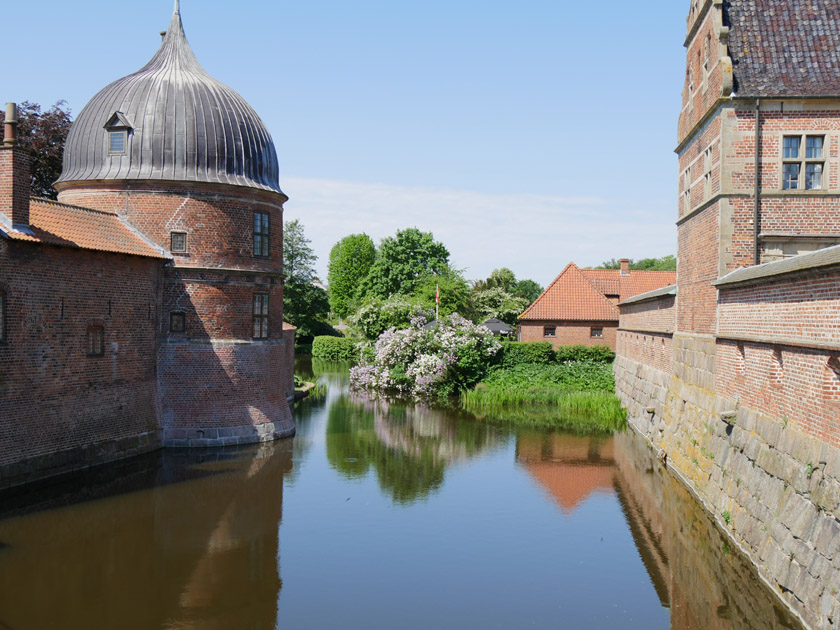 |
|||||||
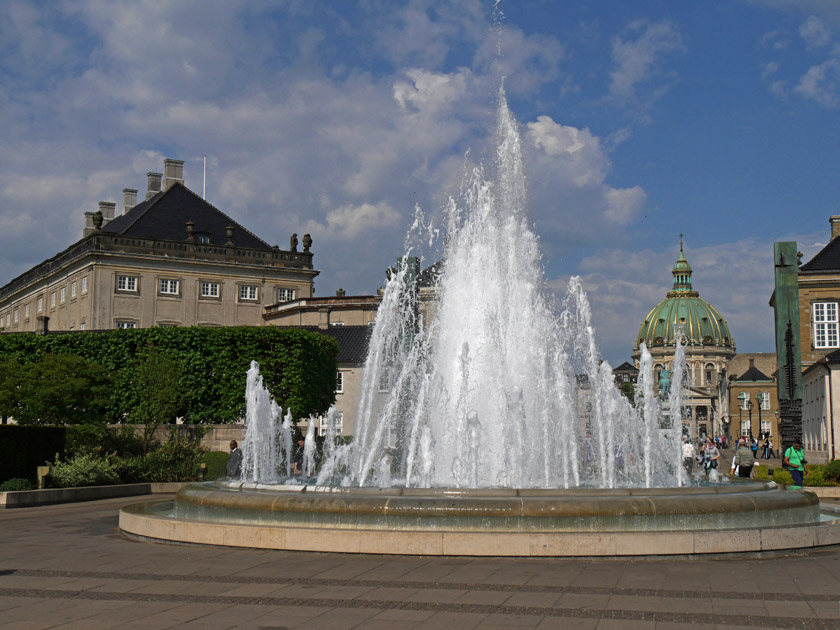 |
 |
|||||||
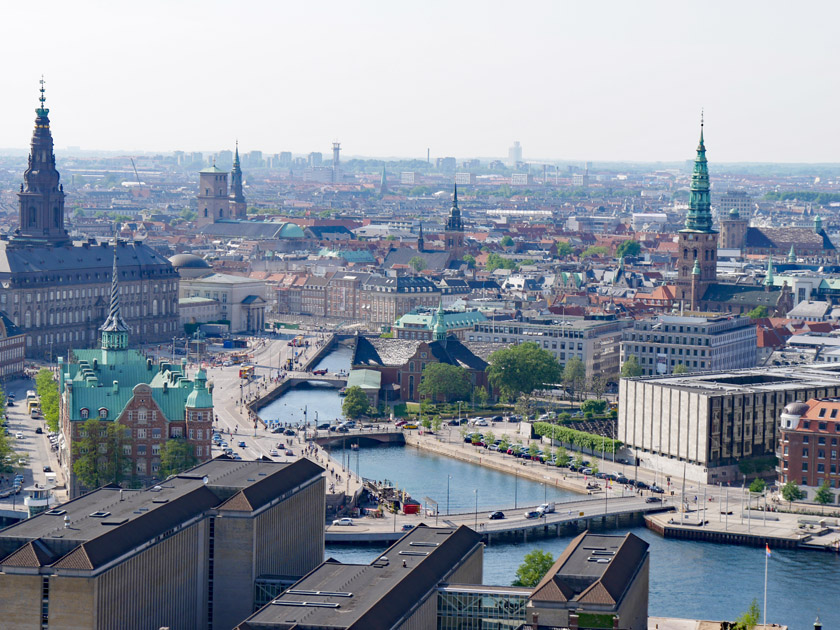 |
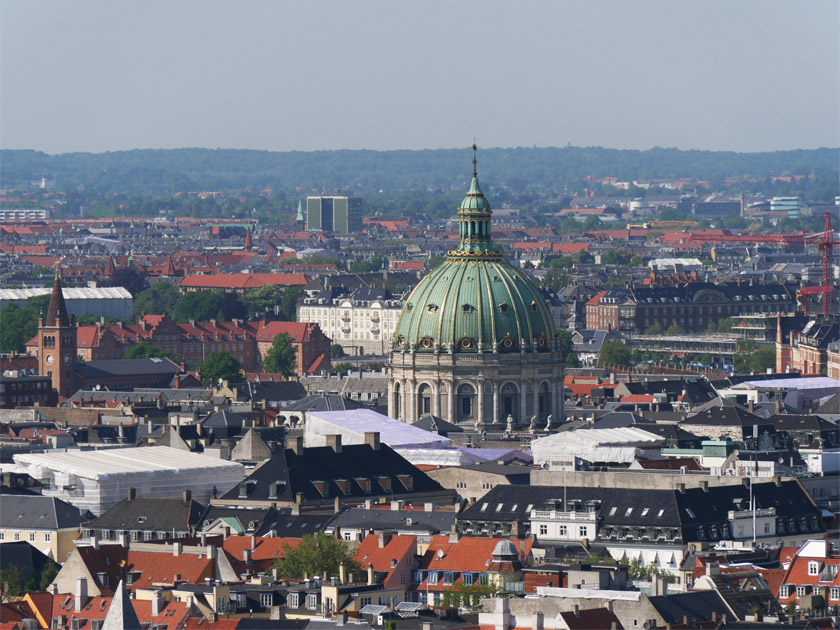 |
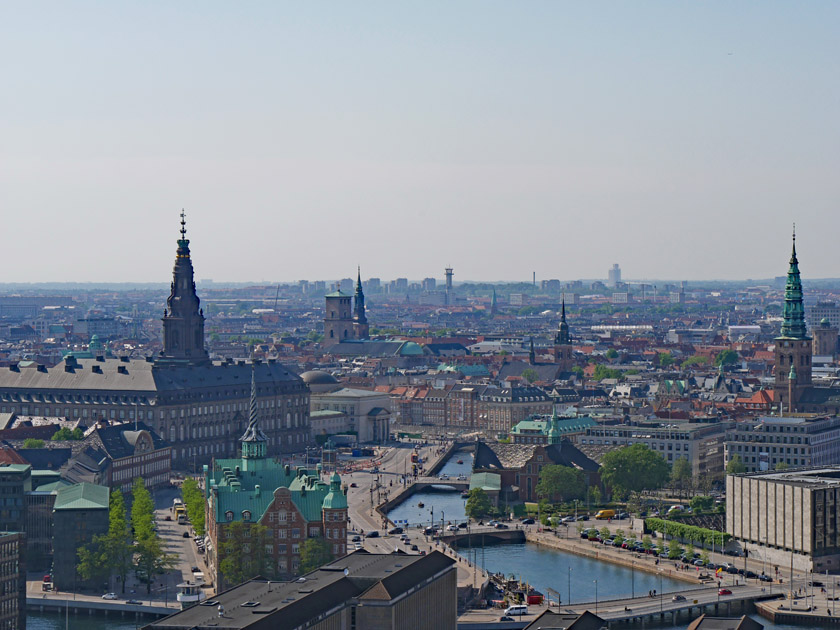 |
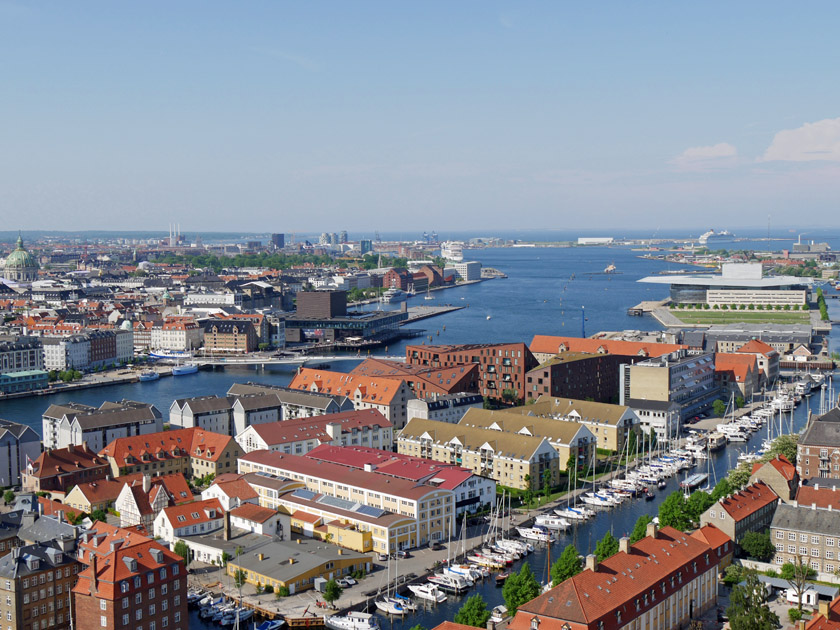 |
Sengeløse Kirke is a church in the municipality of Høje-Taastrup, Denmark. The church was built around 1150 and dedicated to Our Lady of Roskilde. The church was expanded over the next 300 years. The altar is from 1581 and the granite baptismal fountain is at least as old or older than the church. |
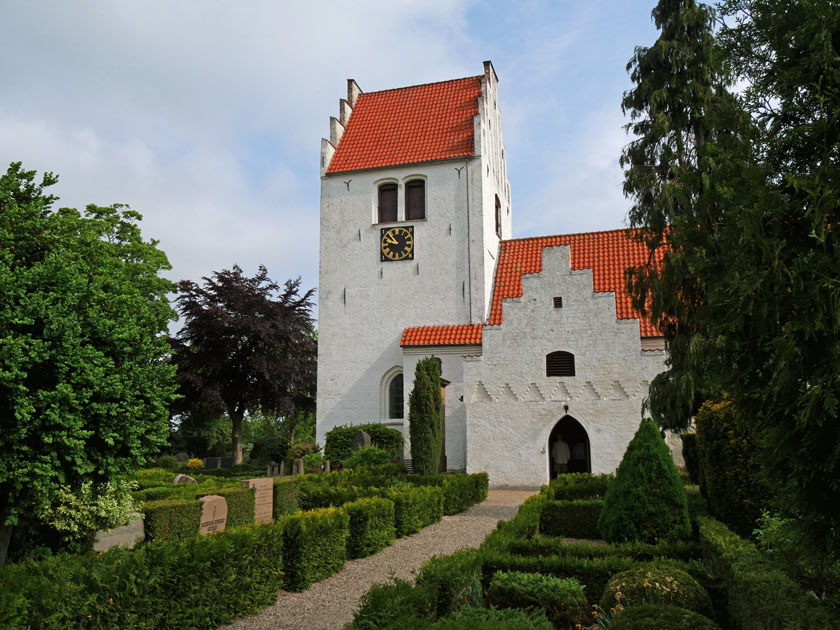 |
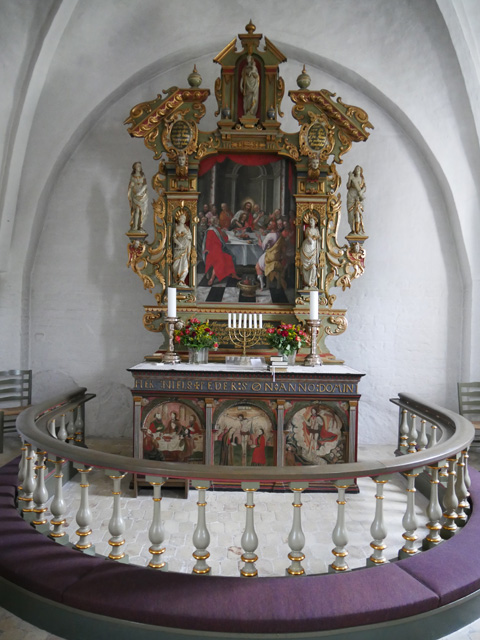 |
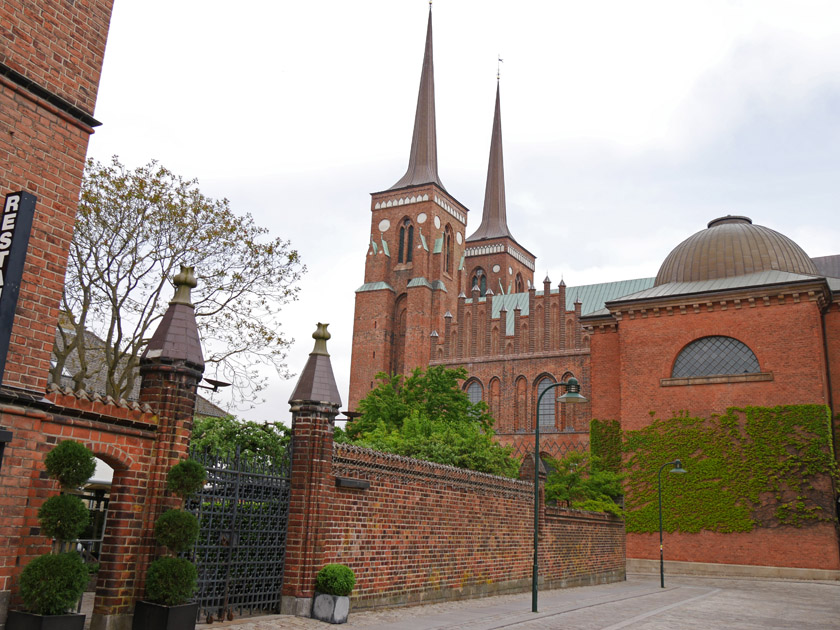 |
Roskilde was named the new capital of Denmark by King Harald Bluetooth around the year 960. Construction of the Roskilde Domkirke (Cathedral) was started by Bishop Wilhelm between 1060–1073 and was completed by his successor Svend Nordmand around 1080. With the exception of the two towers on the west facade, the cathedral was completed by 1280, and in 1405, work on the towers was completed. The cathedral has been the main burial site for Danish monarchs since the 15th century. |
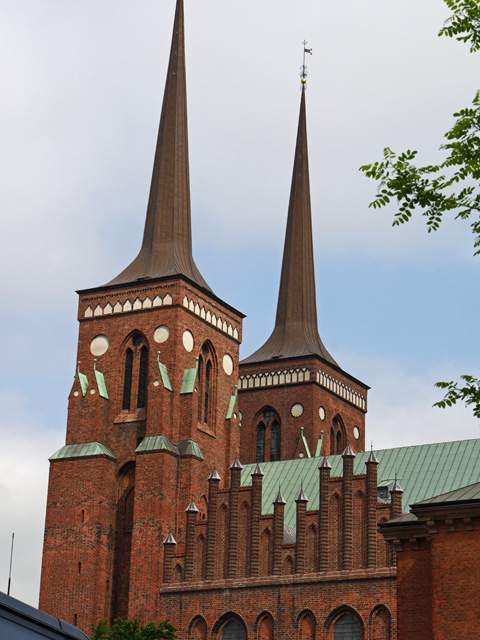 |
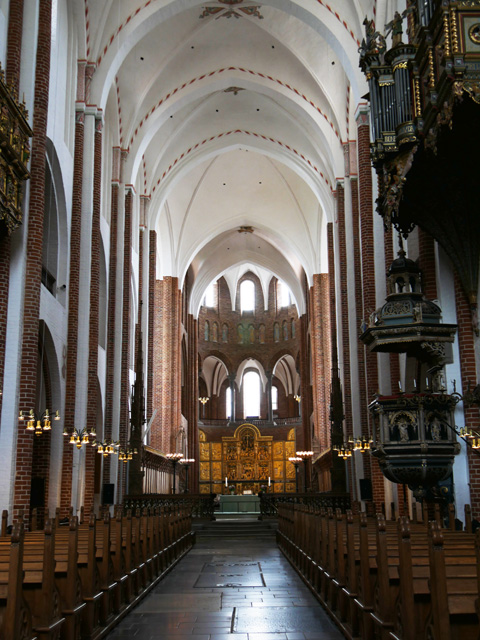 |
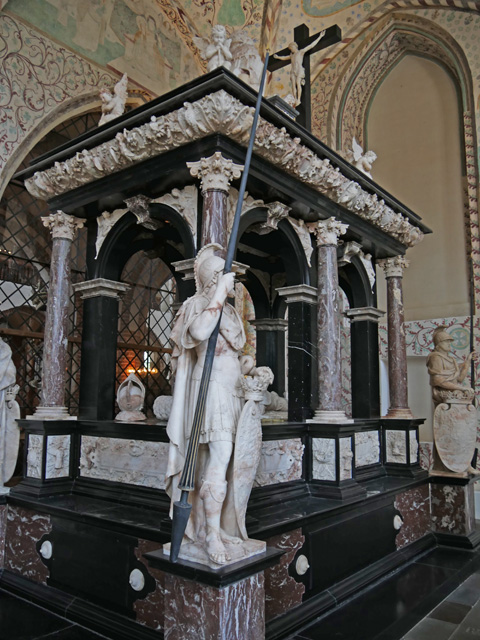 |
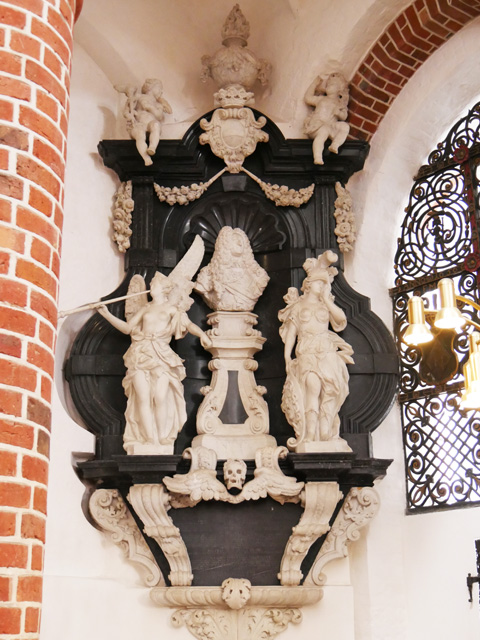 |
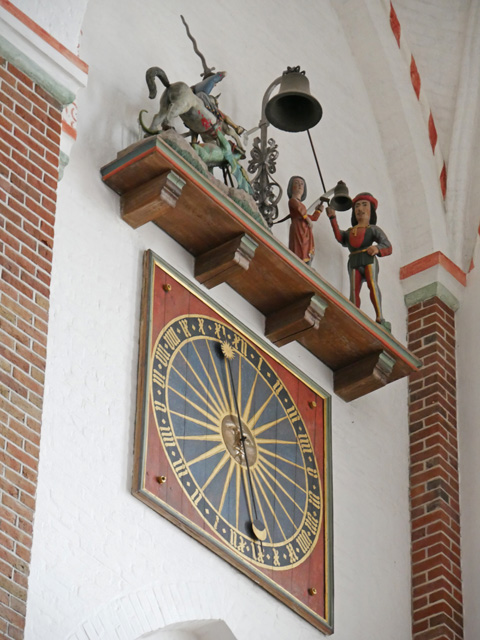 |
 |
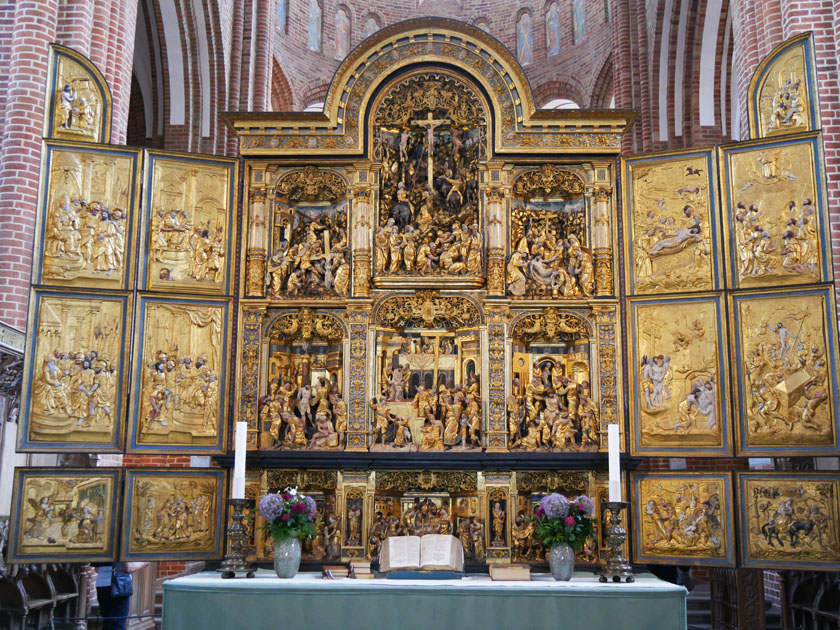 |
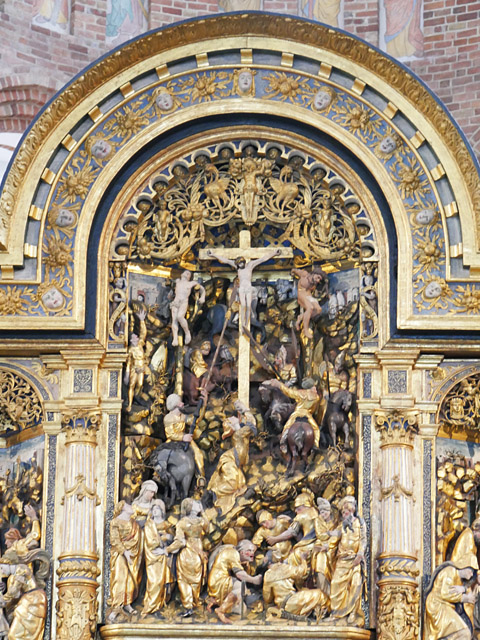 |
 |
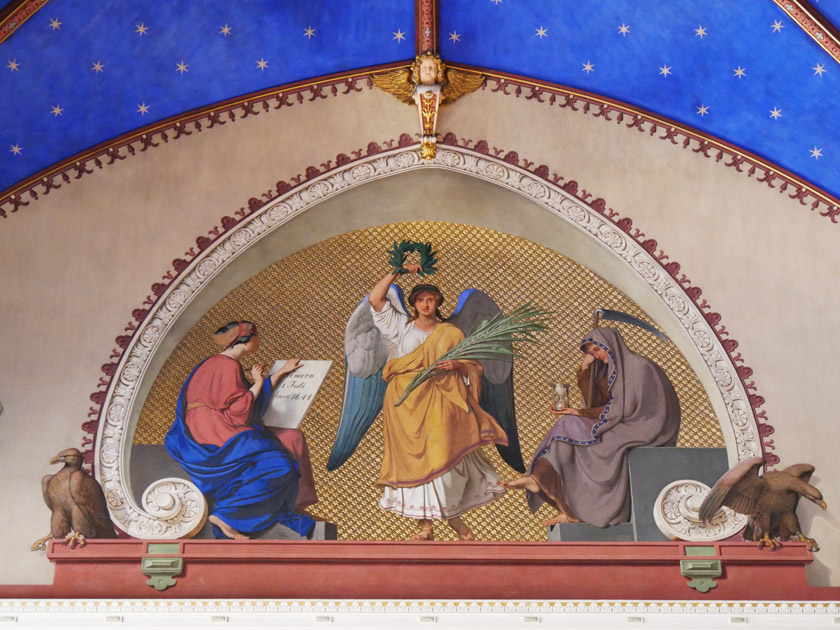 |
The Viking Ship Museum in Roskilde is Denmark's national museum for ships, seafaring and boat-building in the prehistoric and medieval period. The main focus of the museum is a permanent exhibition of five original Viking ships excavated nearby in 1962. |
|||
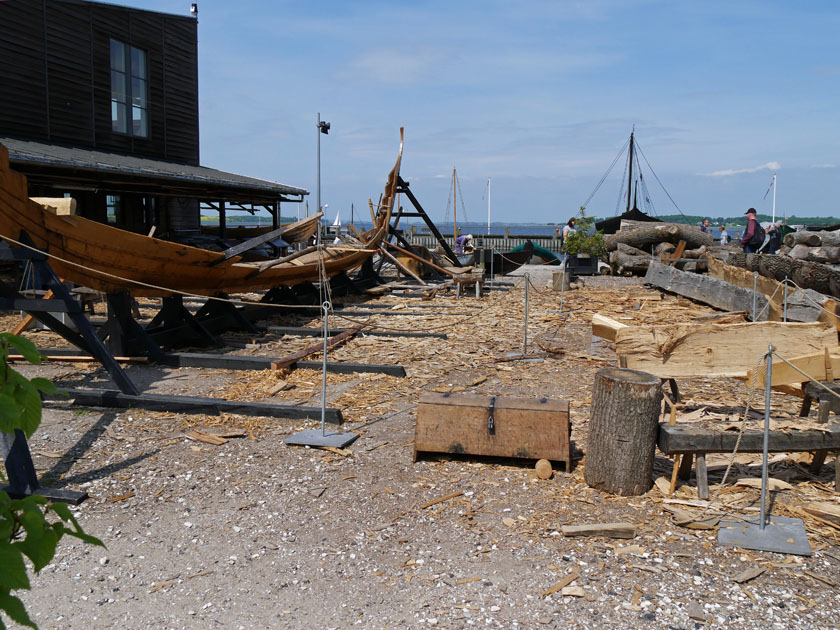 |
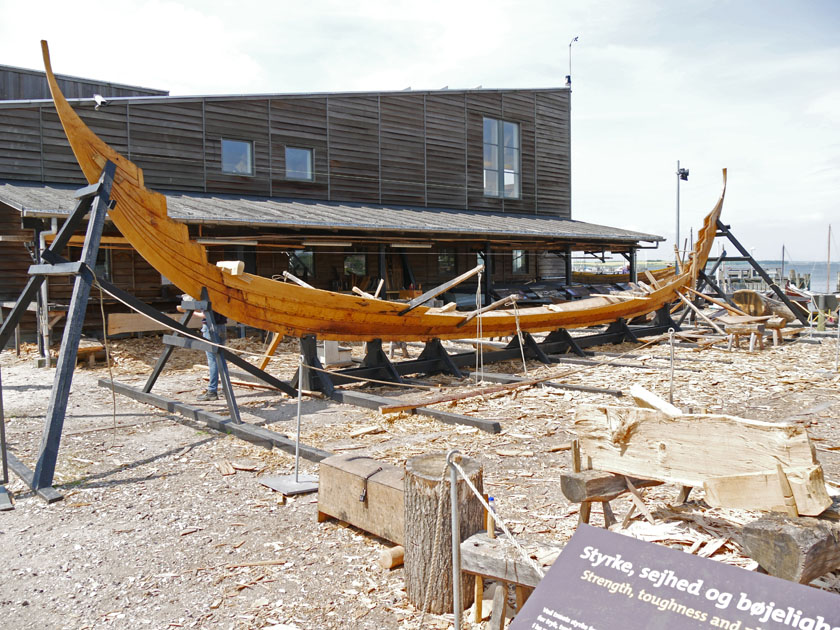 |
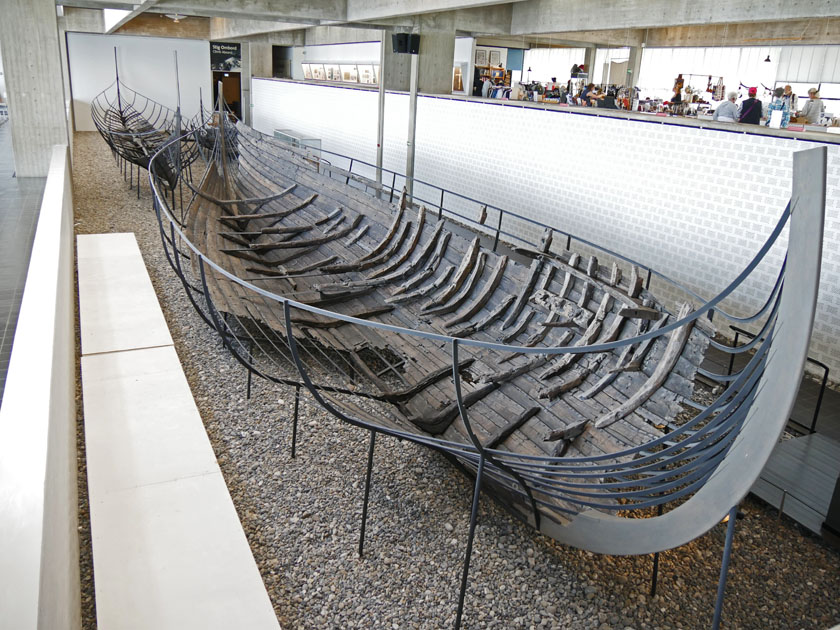 |
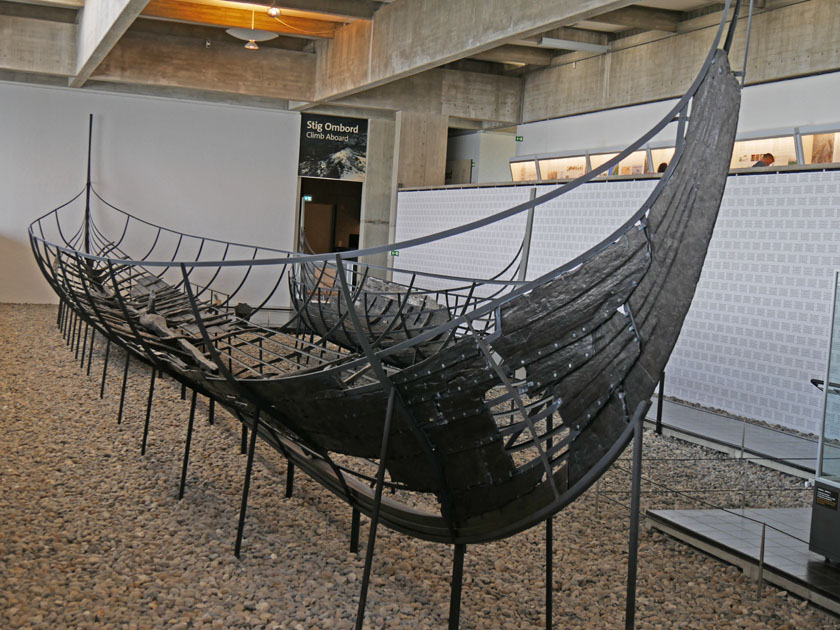 |
Leaving Copenhagen |
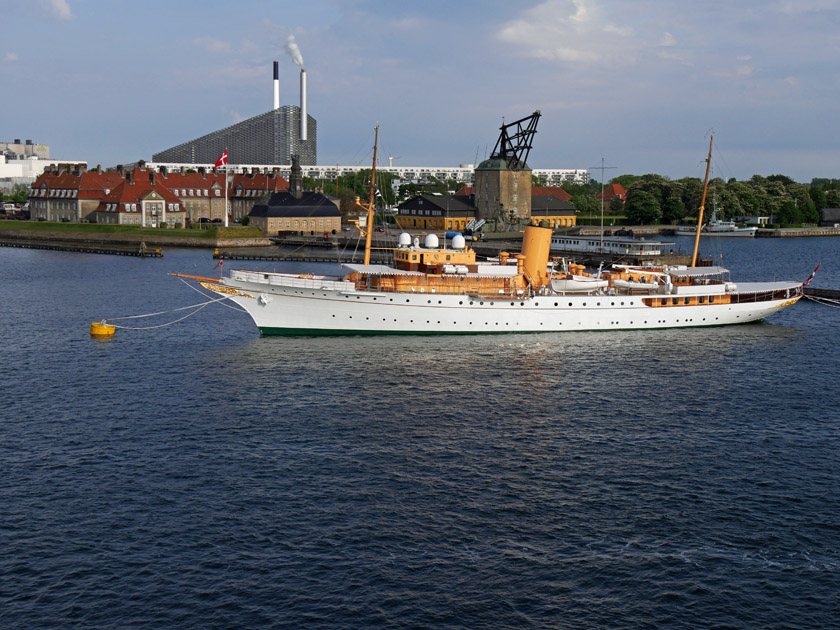 |
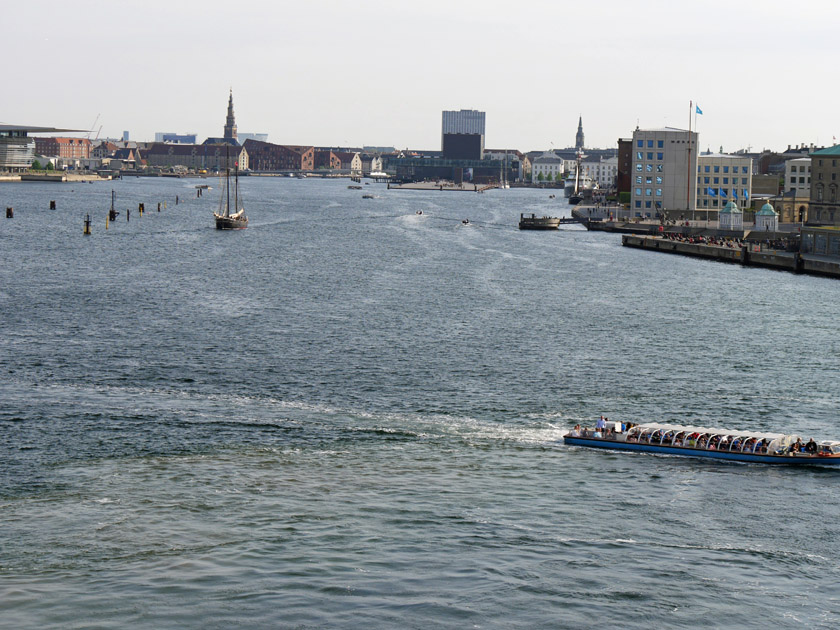 |
|
Tallinn, Estonia
|
 |
||||
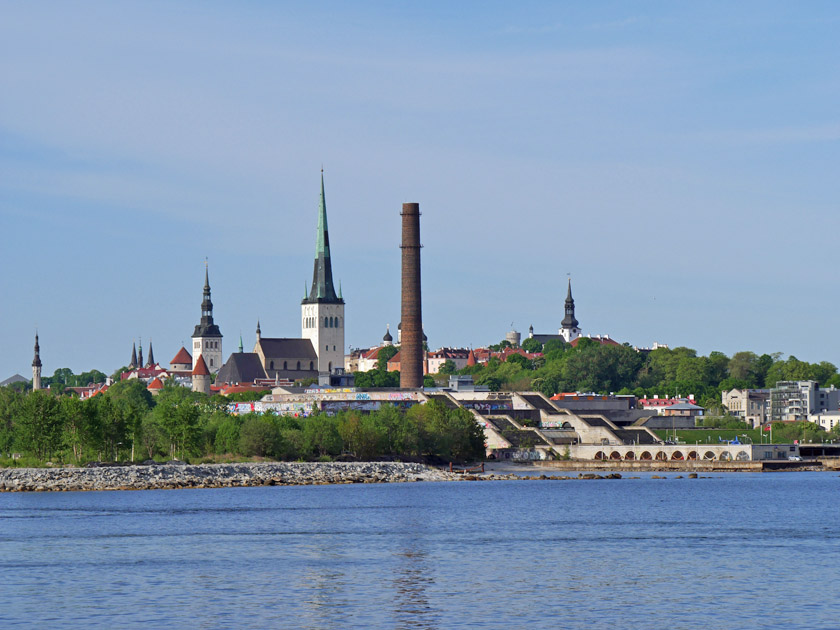 |
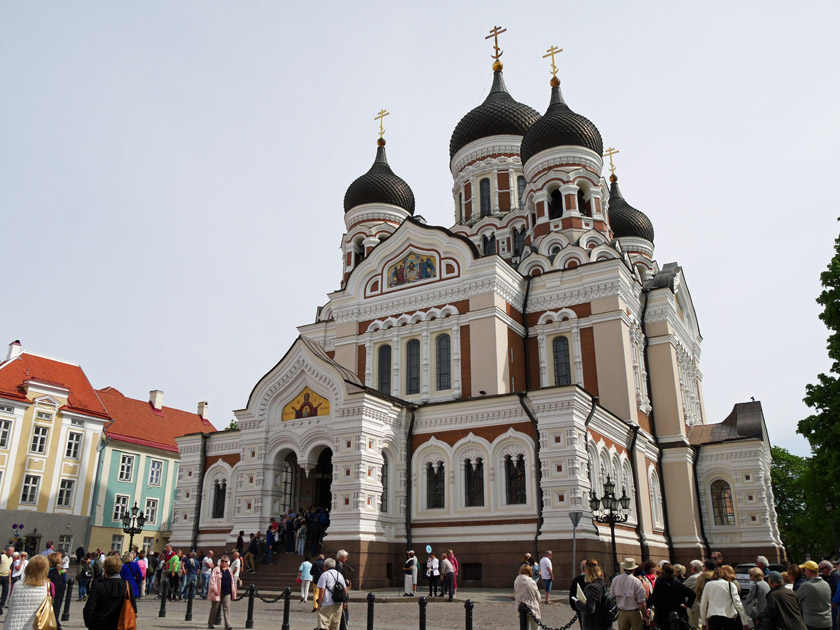 |
 |
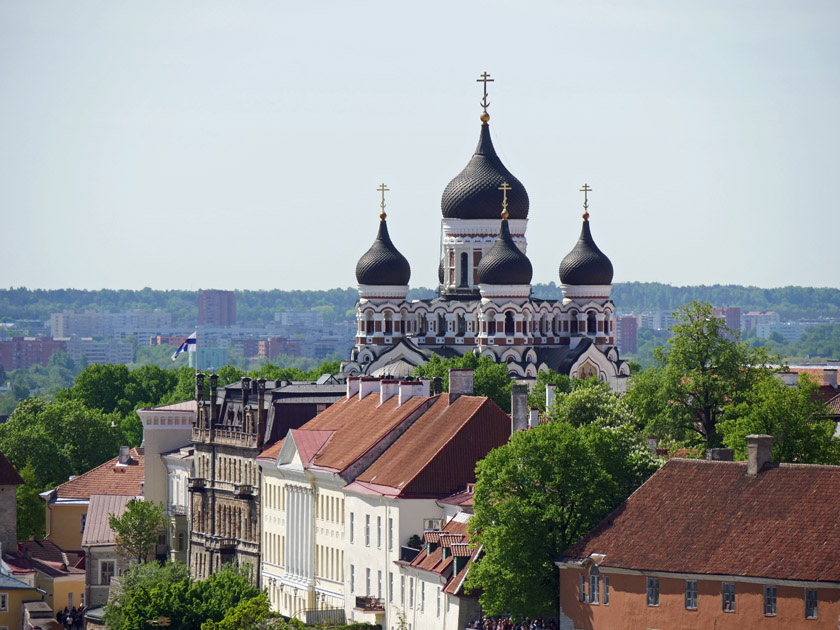 |
||
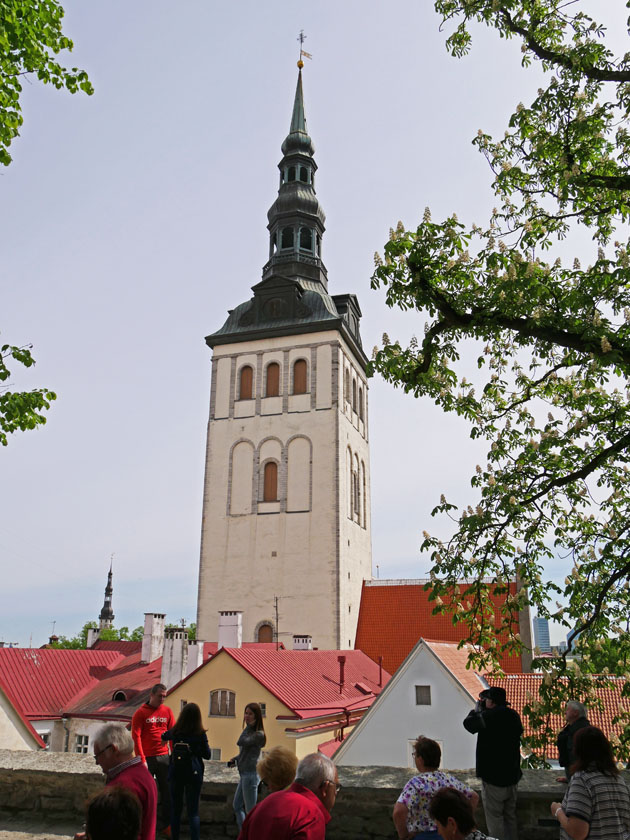 |
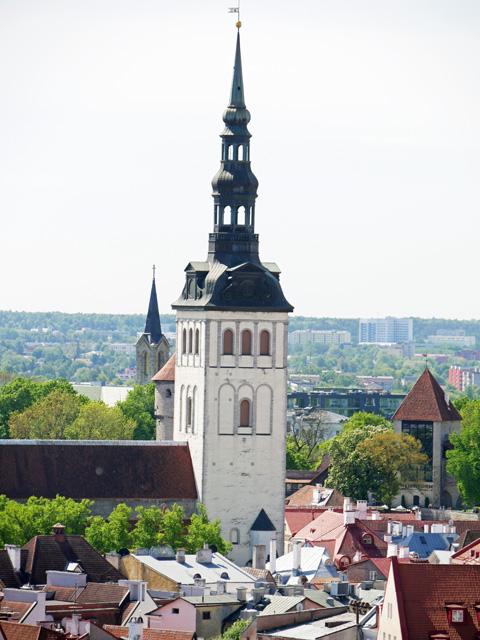 |
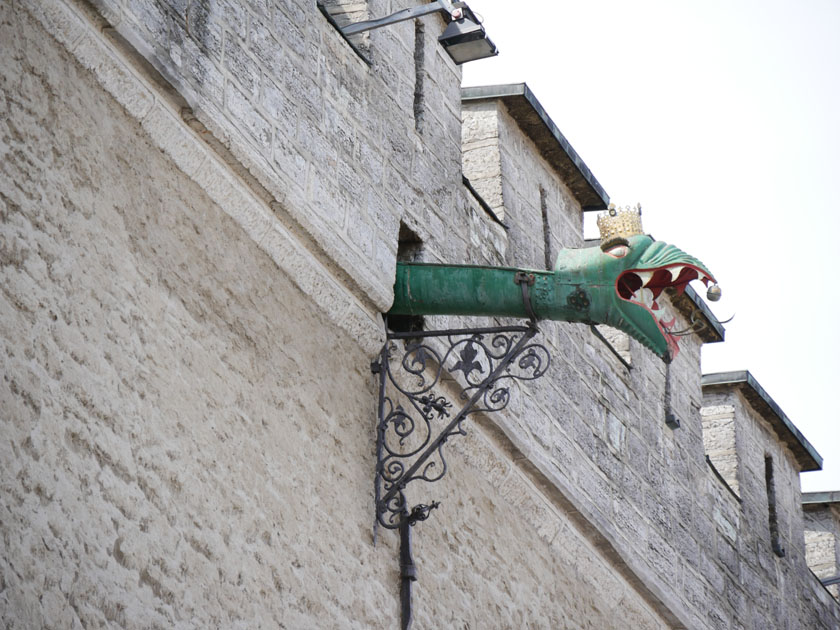 |
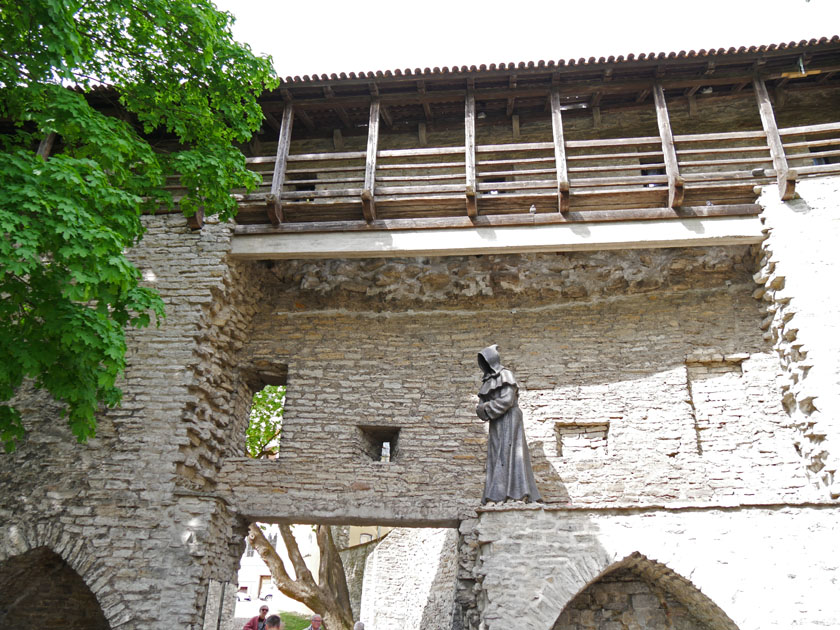 |
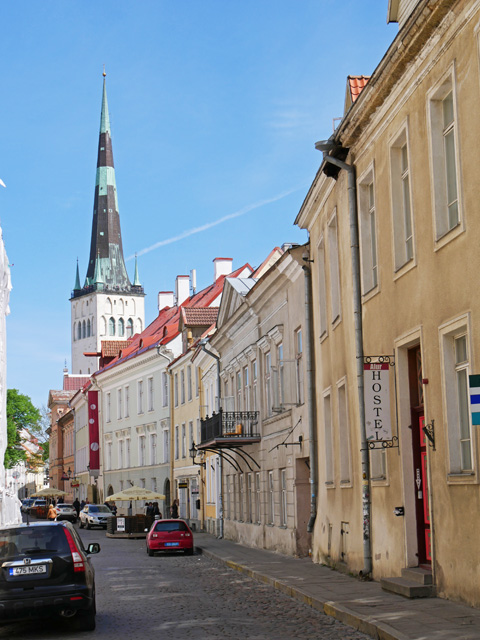 |
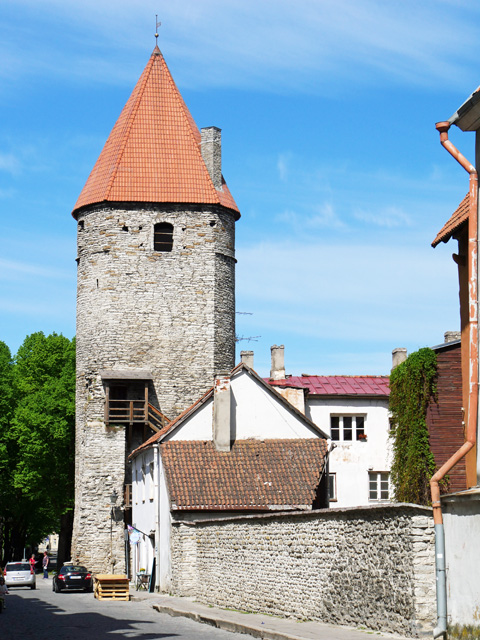 |
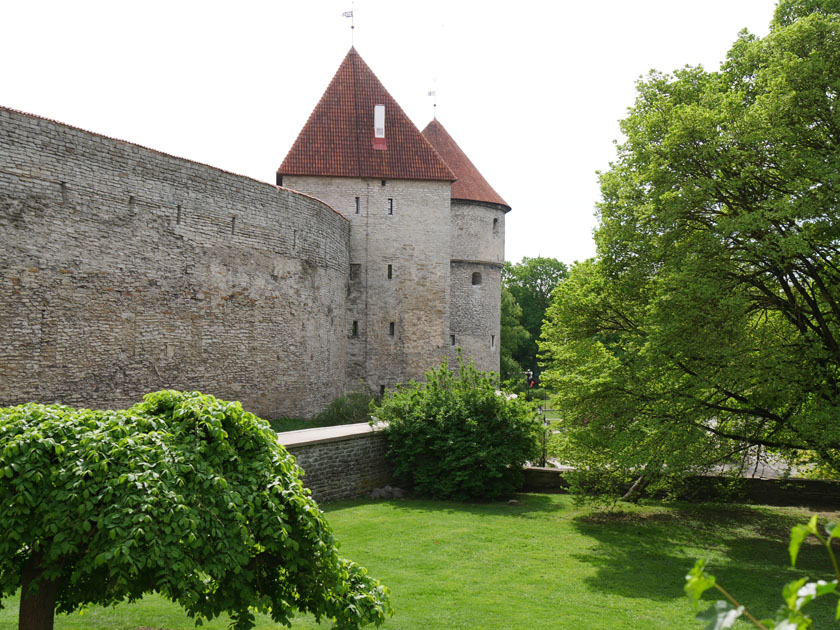 |
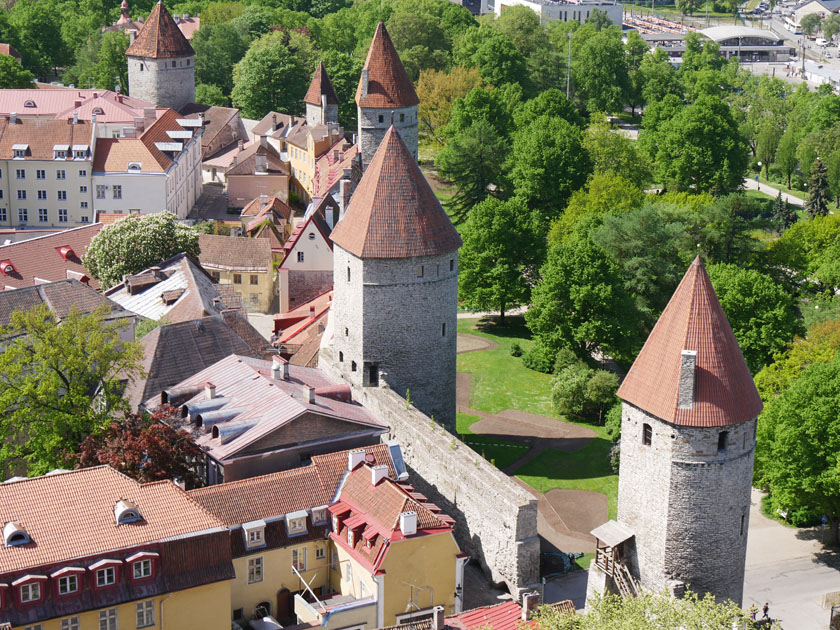 |
 |
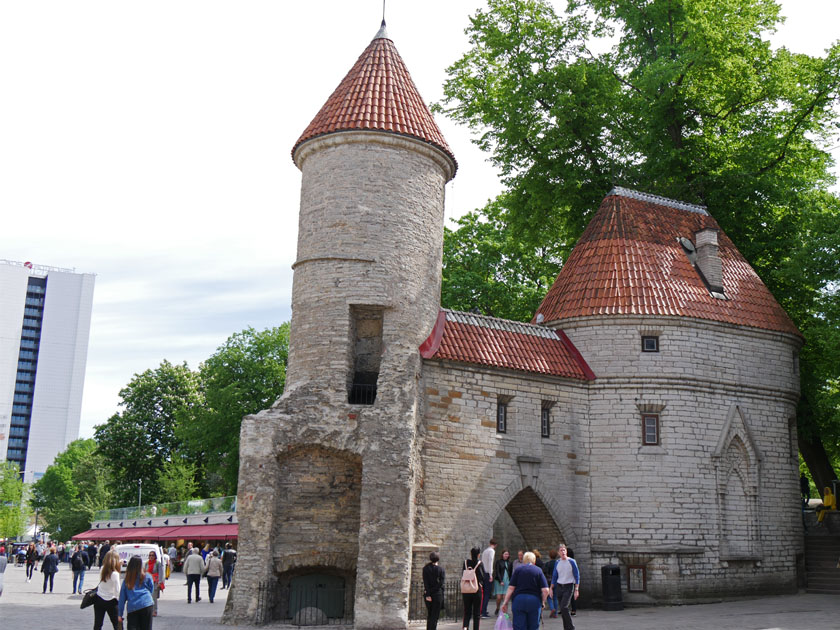 |
 |
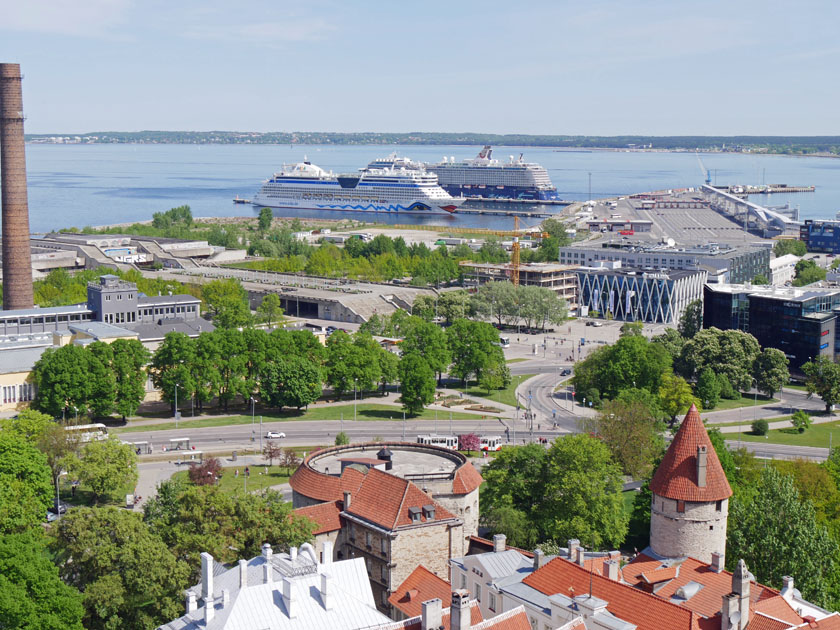 |
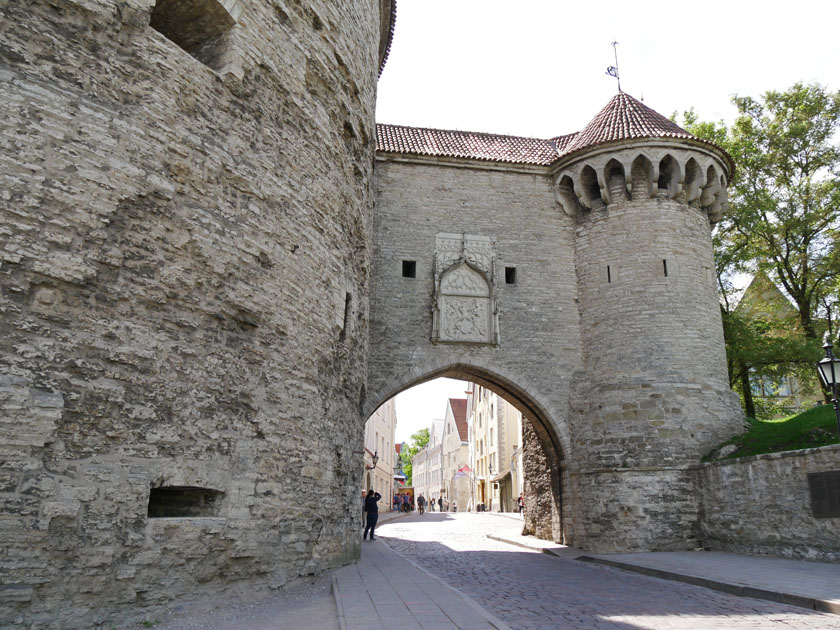 |
St. Petersburg, Russia
Saint Petersburg, Russia's second-largest city after Moscow, is situated on the Neva River, at the head of the Gulf of Finland on the Baltic Sea. It was founded by Tsar Peter the Great in 1703. In 1914, the name was changed to Petrograd and in 1924 to Leningrad then in 1991 back to Saint Petersburg. The city was built by conscripted peasants from all over Russia and a number of Swedish prisoners of war. Tens of thousands of serfs died building the city. Saint Petersburg is home to the Hermitage, one of the largest art museums in the world. |
 |
 |
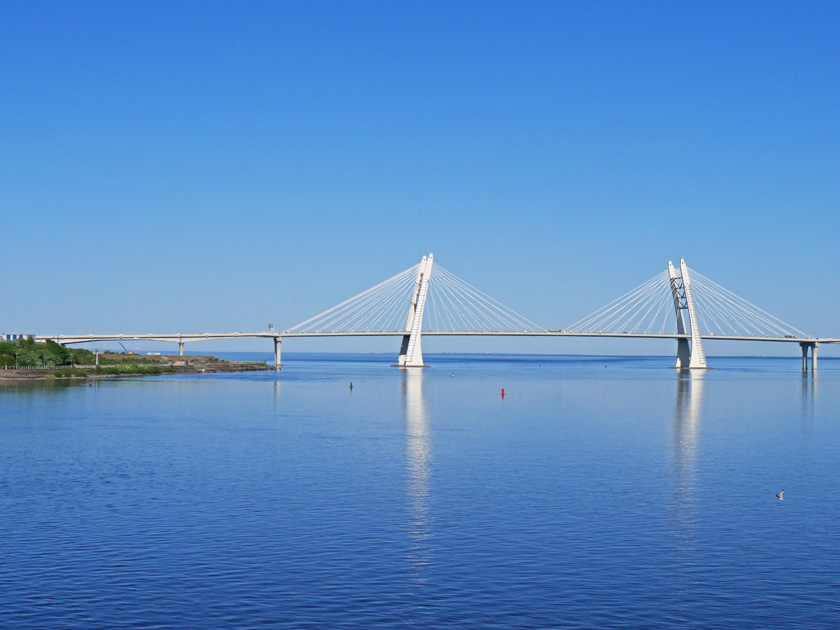 |
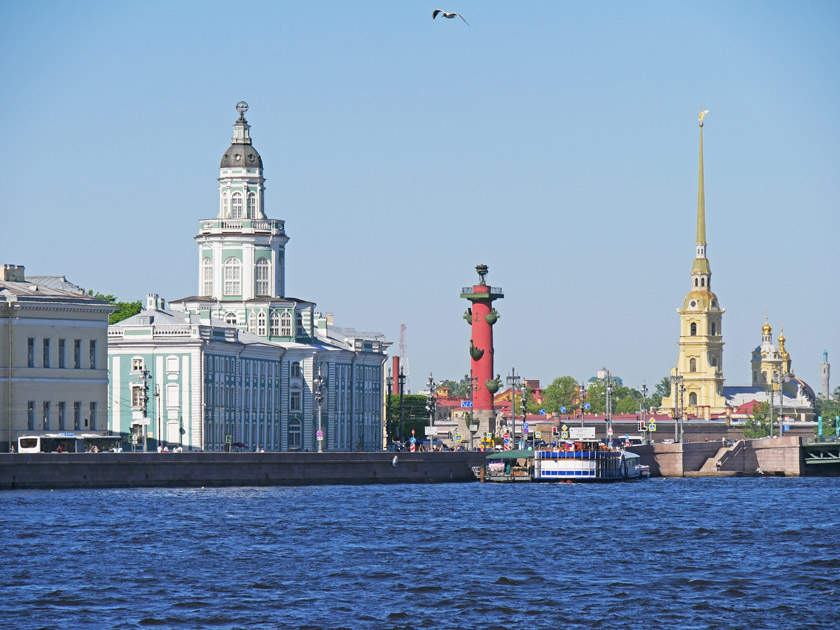 |
 |
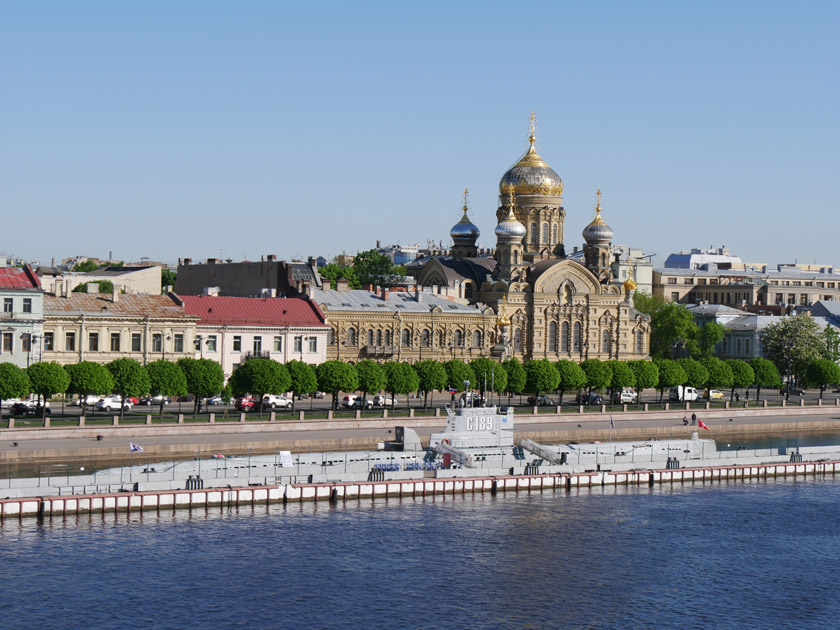 |
 |
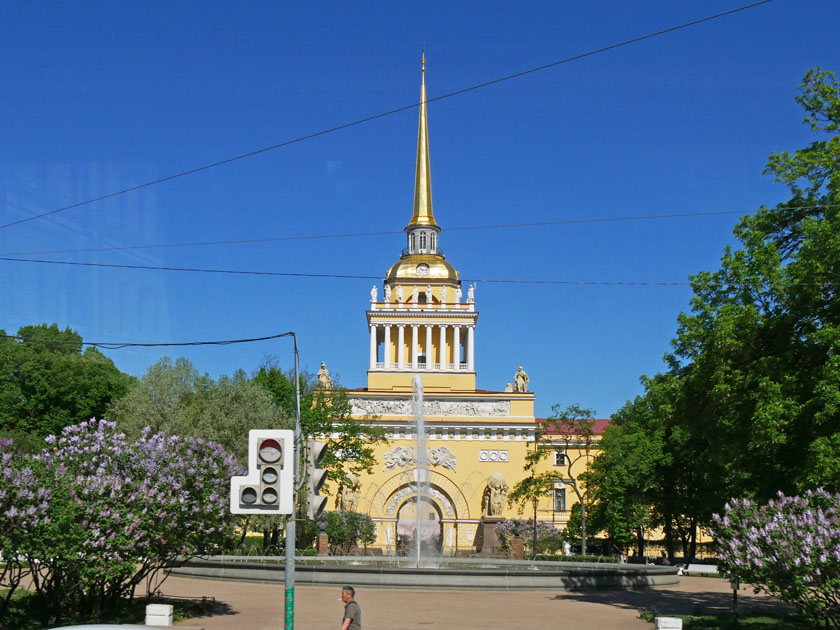 |
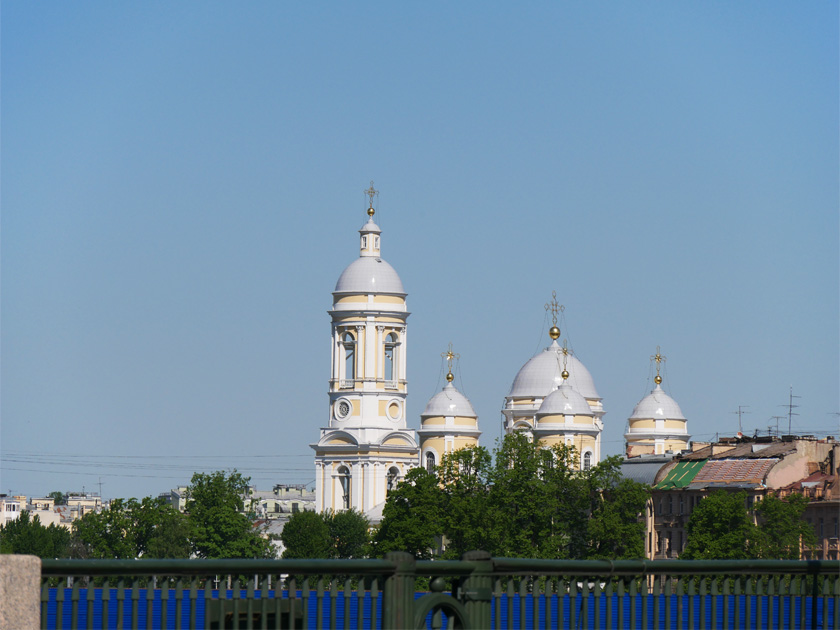 |
 |
The fortress of Peter and Paul was established by Peter the Great in1703. Built to protect the projected capita, the fort never fulfilled its martial purpose. From around 1720, the fort served as a base for the city garrison and also as a prison for high-ranking or political prisoners. The fortress contains several buildings clustered around the Peter and Paul Cathedral. The Cathedral is the first and oldest landmark in St. Petersburg, built between 1712 and 1733 and has a 122.5 m (402 ft) bell-tower (the tallest in the city centre) and a gilded angel-topped cupola. The cathedral is the burial place of all Russian tsars from Peter I to Alexander III, with the exception of Peter II and Ivan VI. |
||||
 |
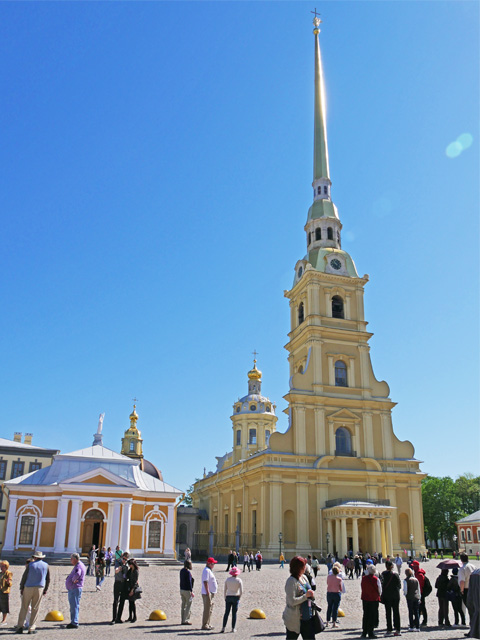 |
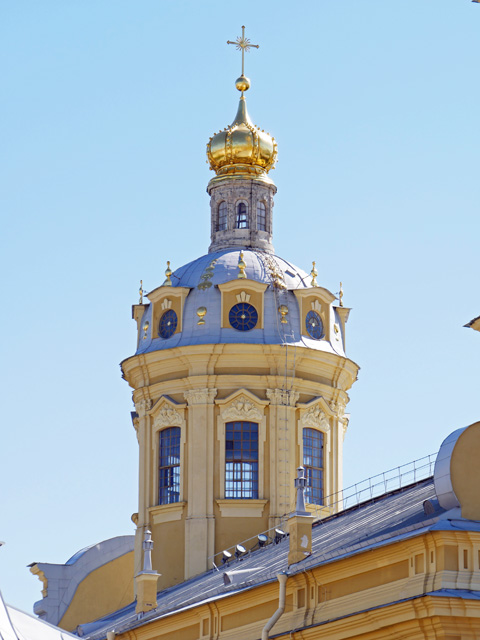 |
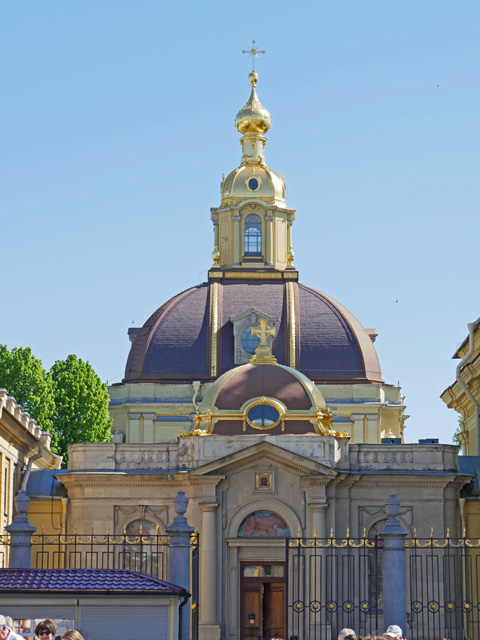 |
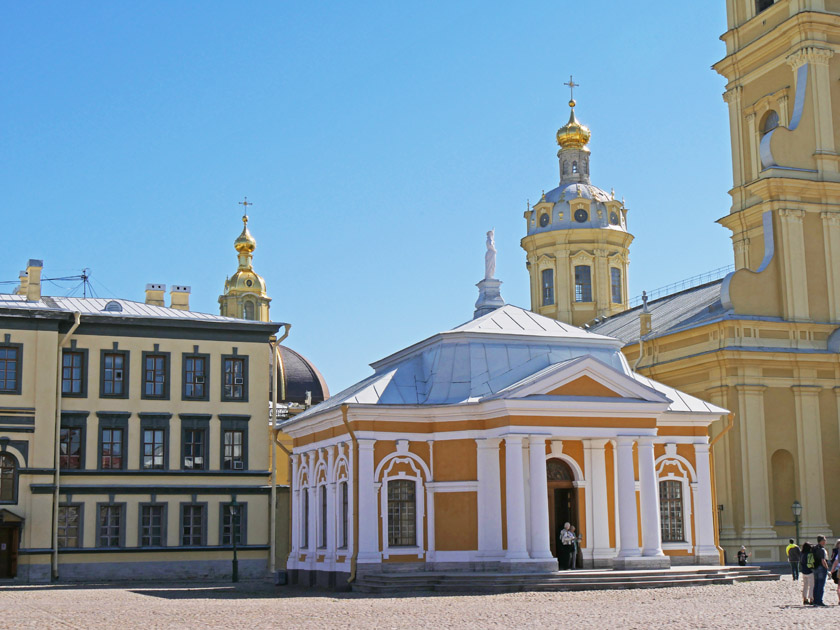 |
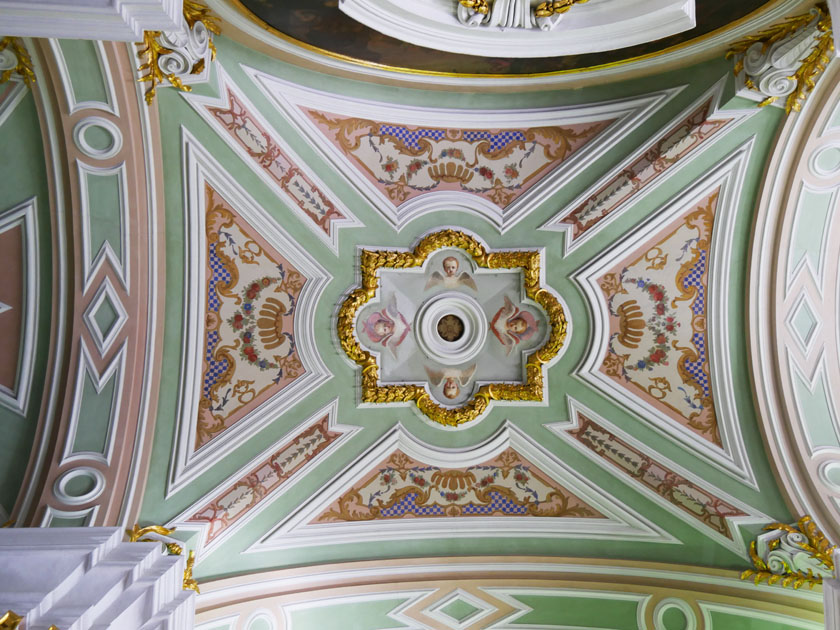 |
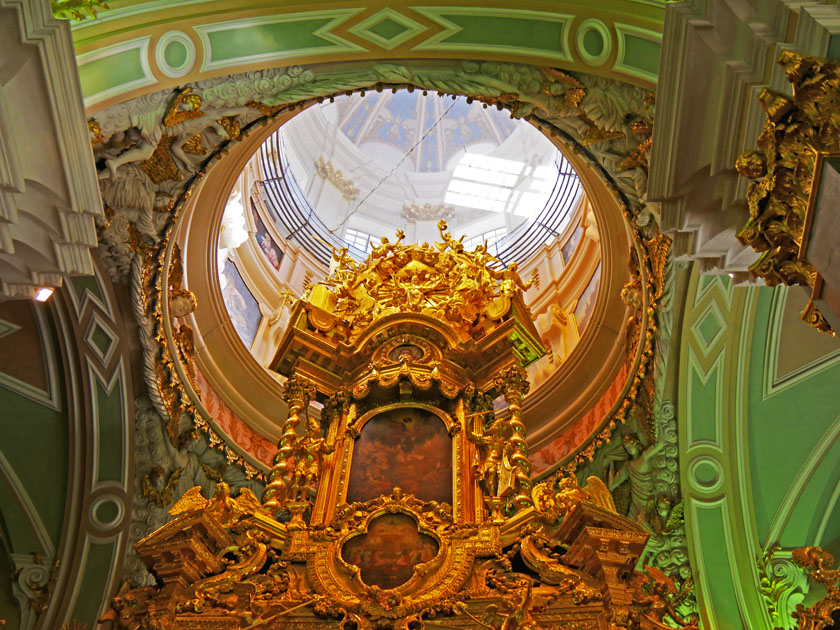 |
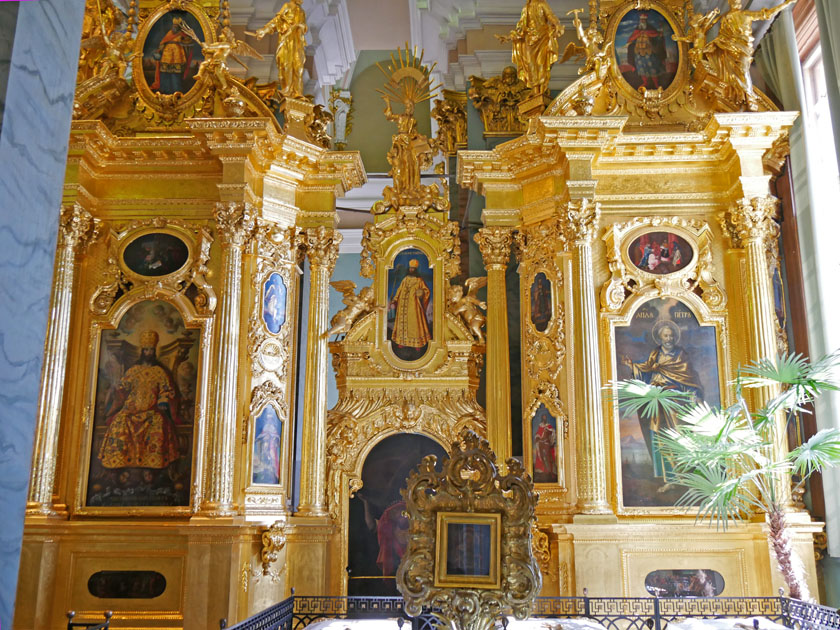 |
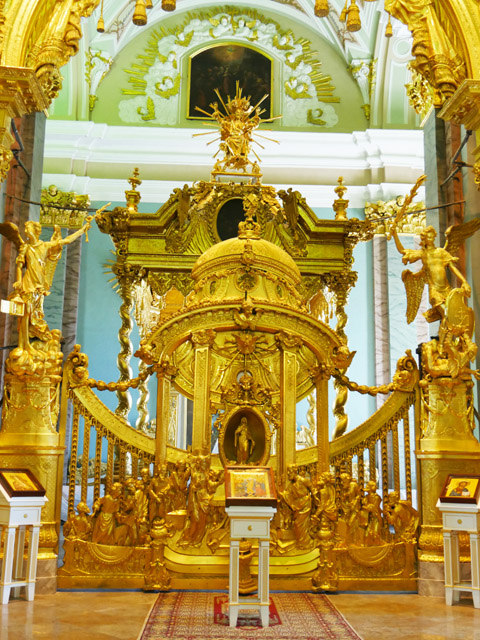 |
Saint Isaac's Cathedral is the largest Russian Orthodox cathedral in St. Petersburg, dedicated to Saint Isaac of Dalmatia, a patron saint of Peter the Great. The cathedral took 40 years to construct, from 1818 to 1858. The cathedral's main dome rises 101.5 metres (333 ft) and is plated with pure gold. The dome was gilded by a technique similar to spray painting; the solution included toxic mercury, the vapors of which caused the deaths of sixty workers. The dome is decorated with twelve statues of angels. |
||||||||
| The interior was originally decorated with scores of paintings by great Russian masters of the day, but when these paintings began to deteriorate due to the cold, damp conditions, Montferrand ordered them to be painstakingly reproduced as mosaics. |
|||||||
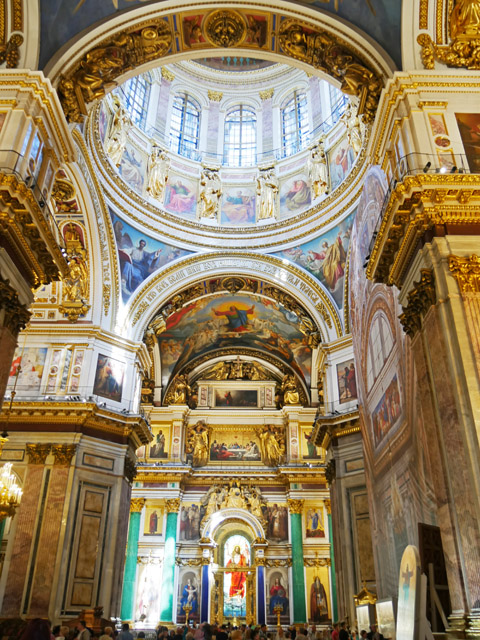 |
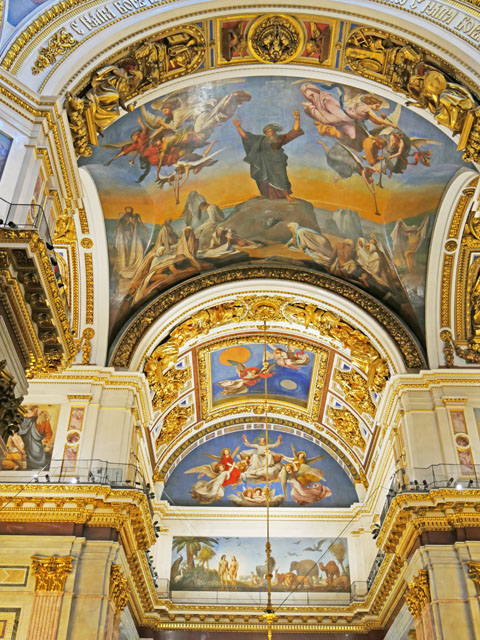 |
|||||||
|
|||||||||||||
|
|
||||||||||||
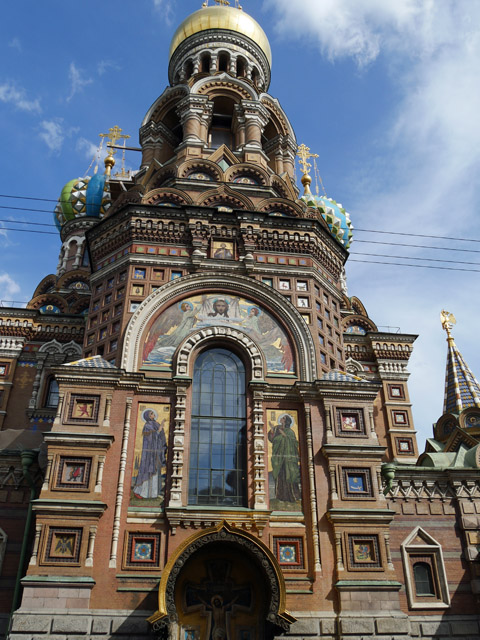 |
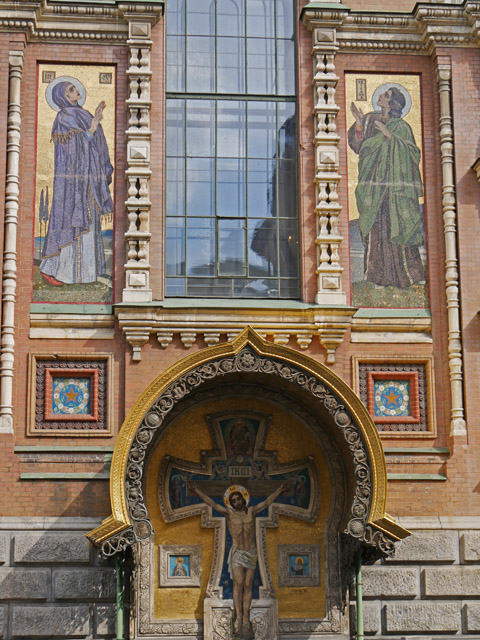 |
The Church of the Savior on Spilled Blood is one of the main sights of Saint Petersburg, Russia, built on the site of assassination of Alexander II in 1881. The church contains over 7500 square meters of mosaics (according to its restorers, more than any other church in the world.) An elaborate shrine, in the form of a ciborium, was constructed at one end of the church on the exact place of Alexander's assassination. |
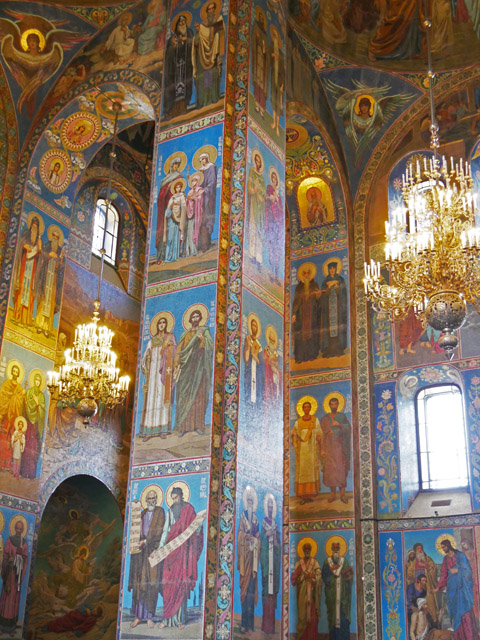 |
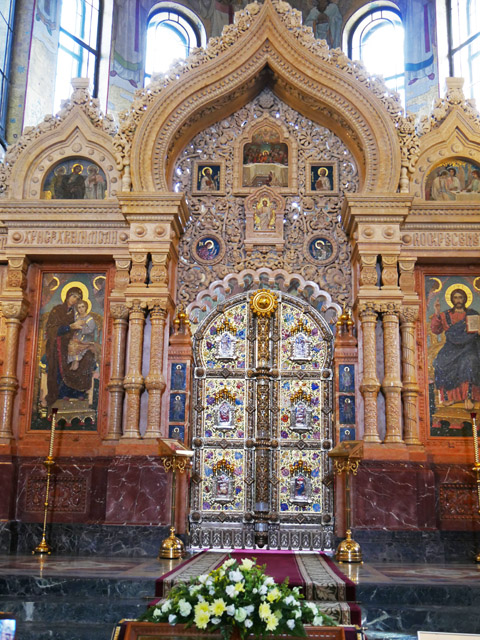 |
||||
|
||||||||
|
|||||||
 |
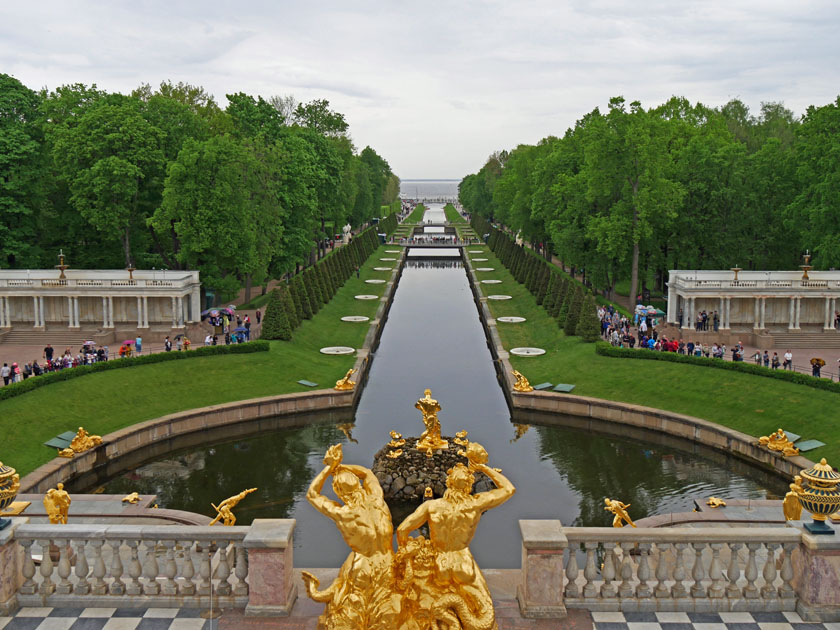 |
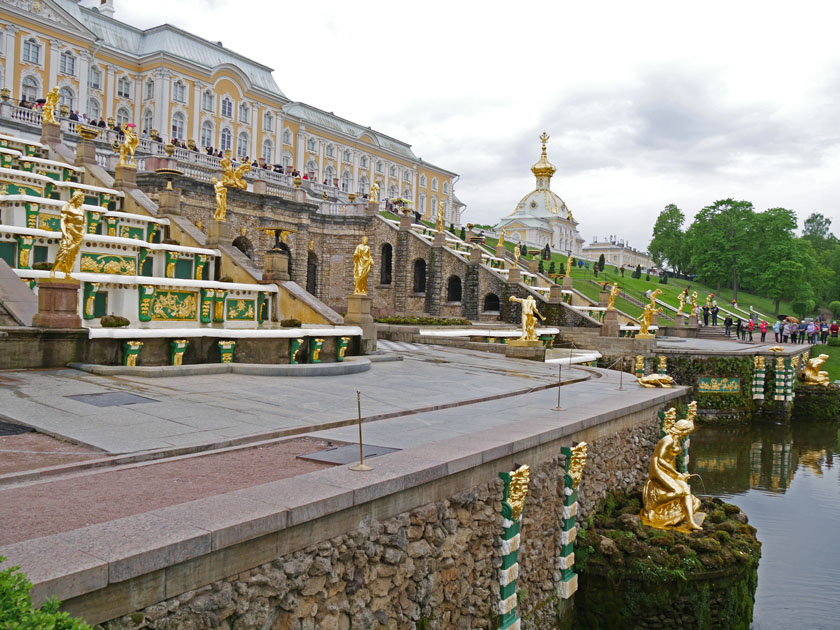 |
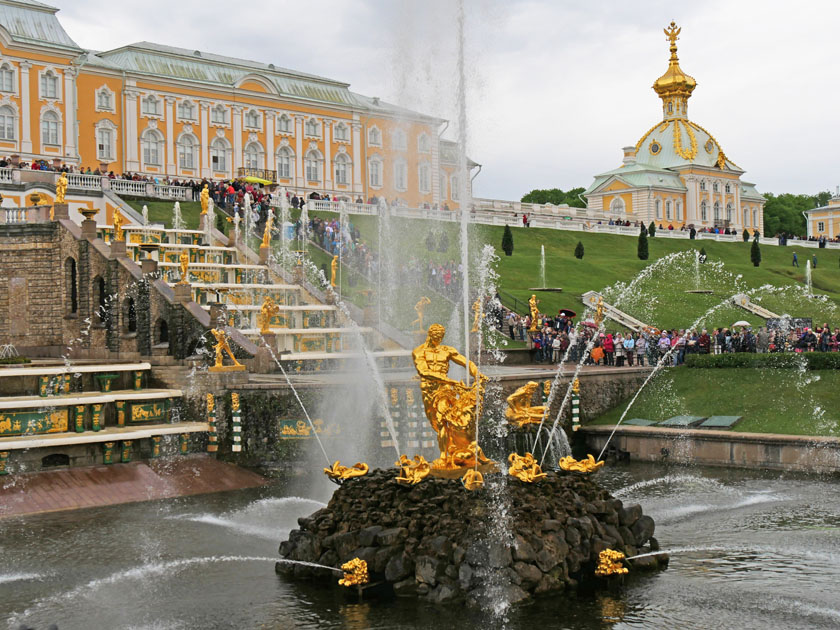 |
||||
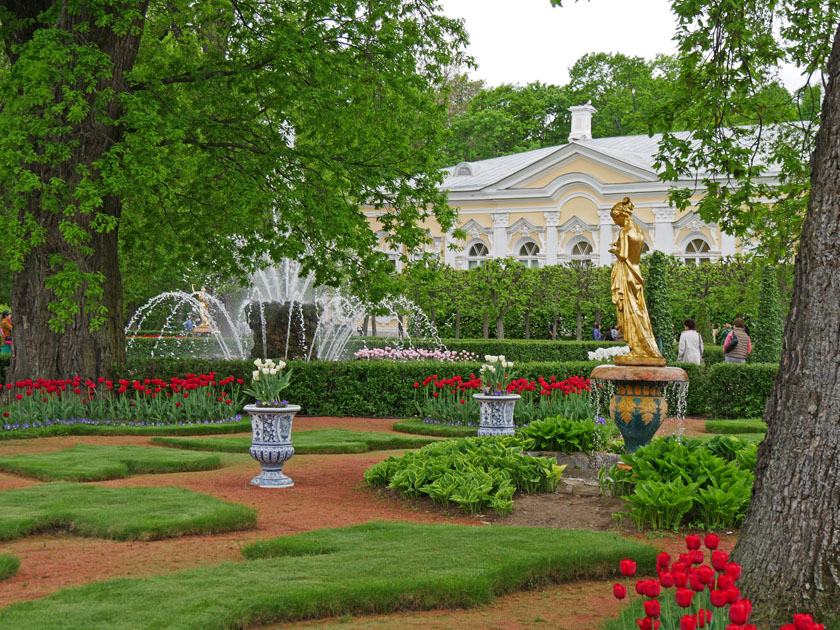 |
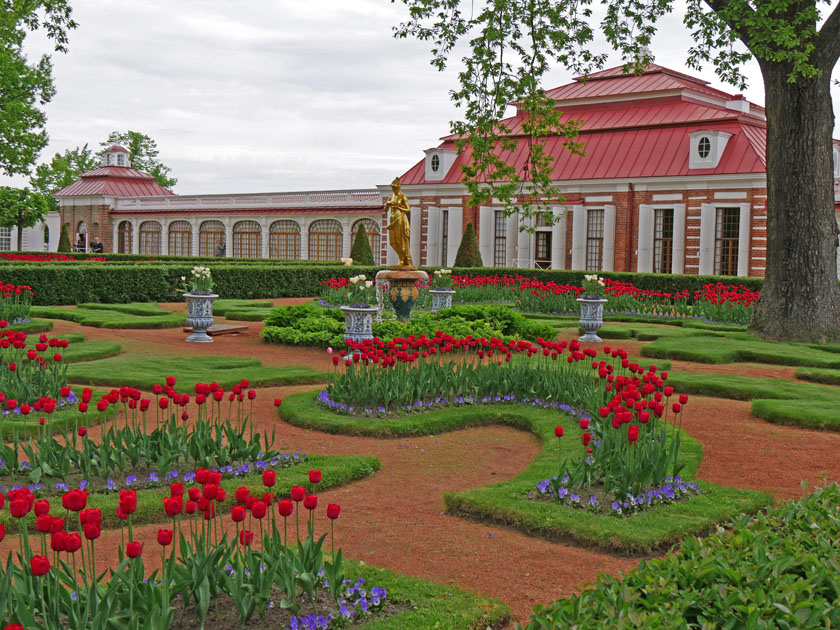 |
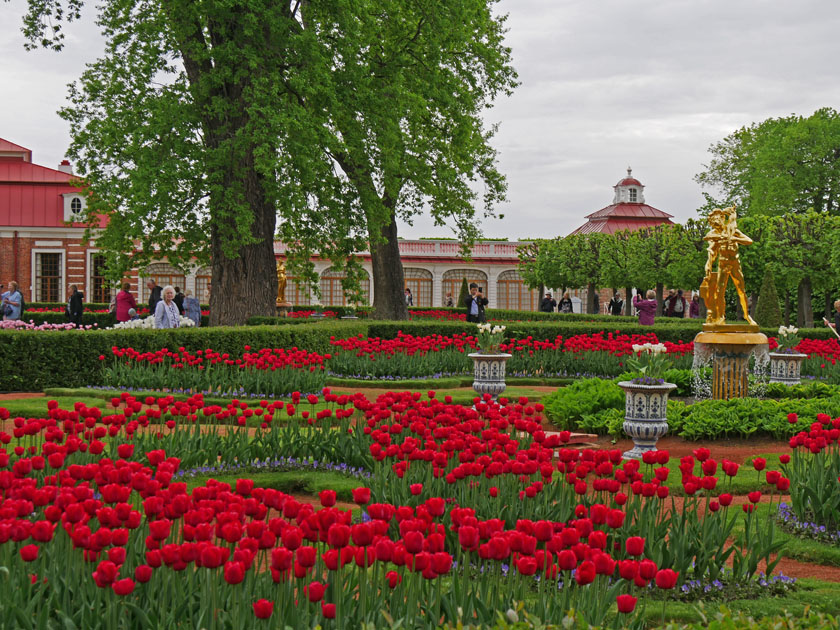 |
 |
||||
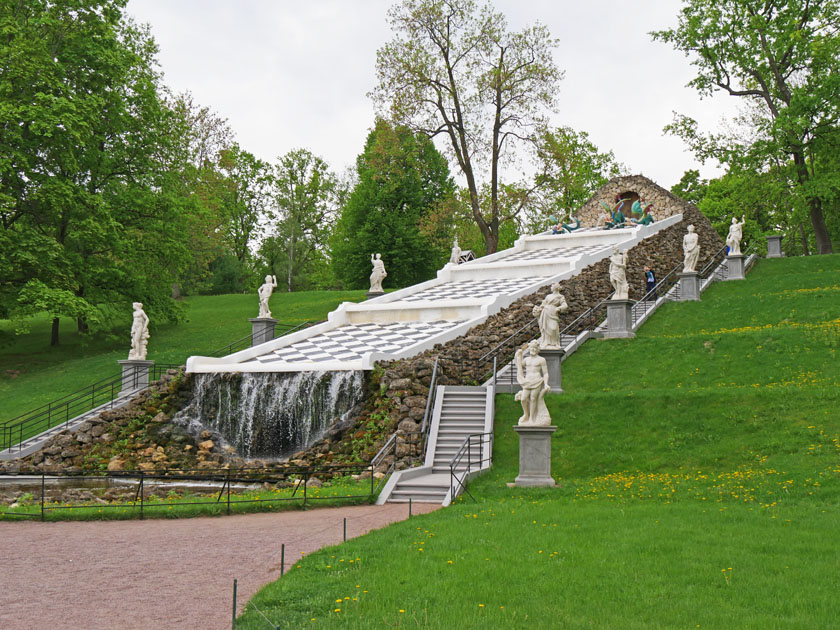 |
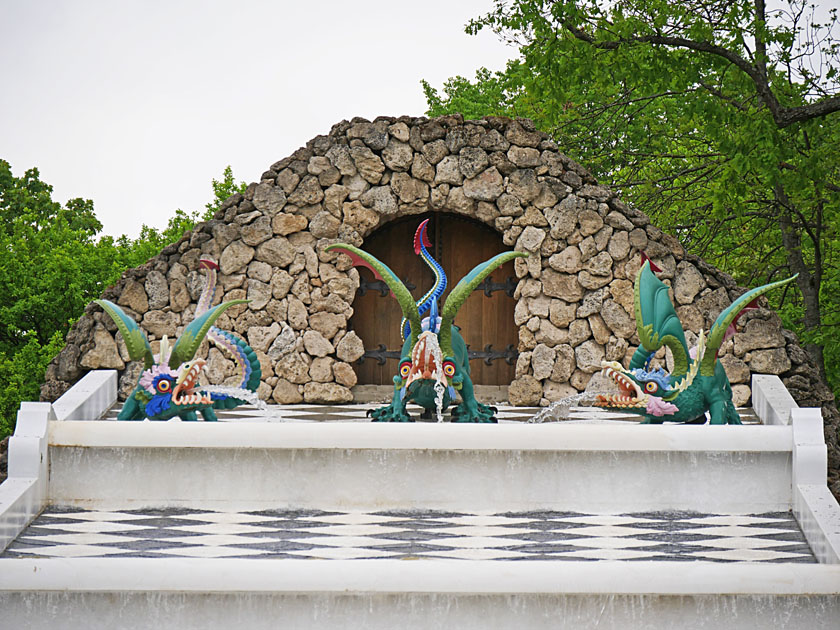 |
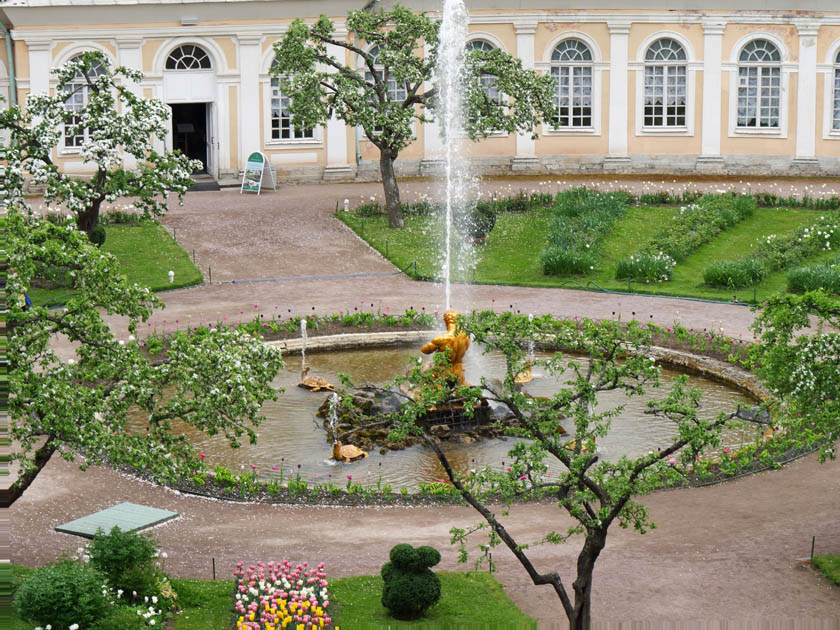 |
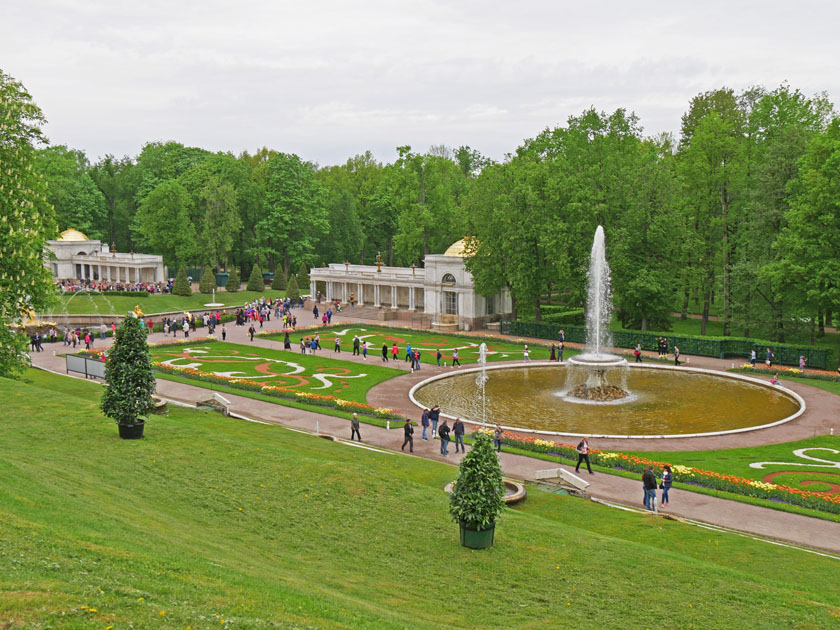 |
||||
|
|||||||
Helsinki, Finland
Helsinki, located on the shore of the Gulf of Finland, is the capital of Finland and the most northerly capital of the world after Reykjavik, Iceland. Helsinki was founded under the name of Helsingfors in 1550 by Gustave Vasa, king of Sweden. |
||
 |
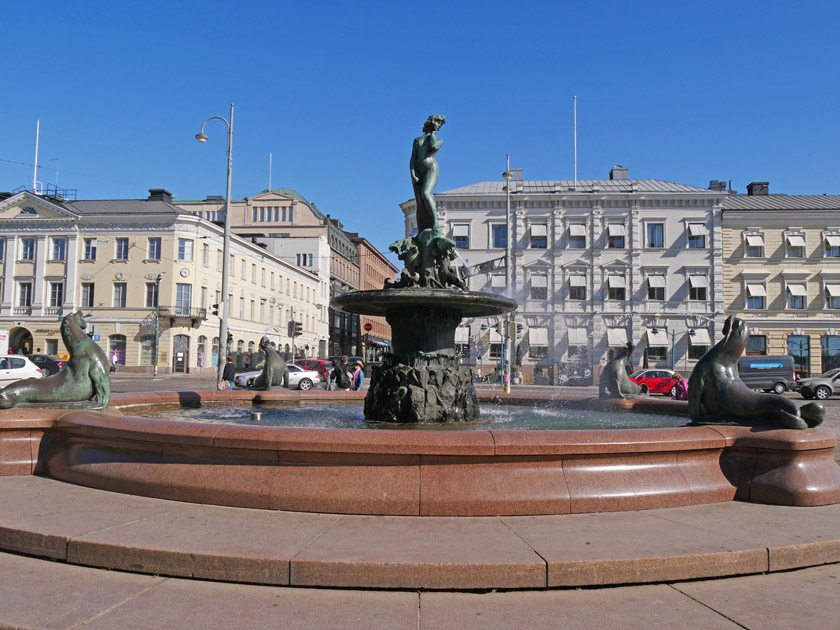 |
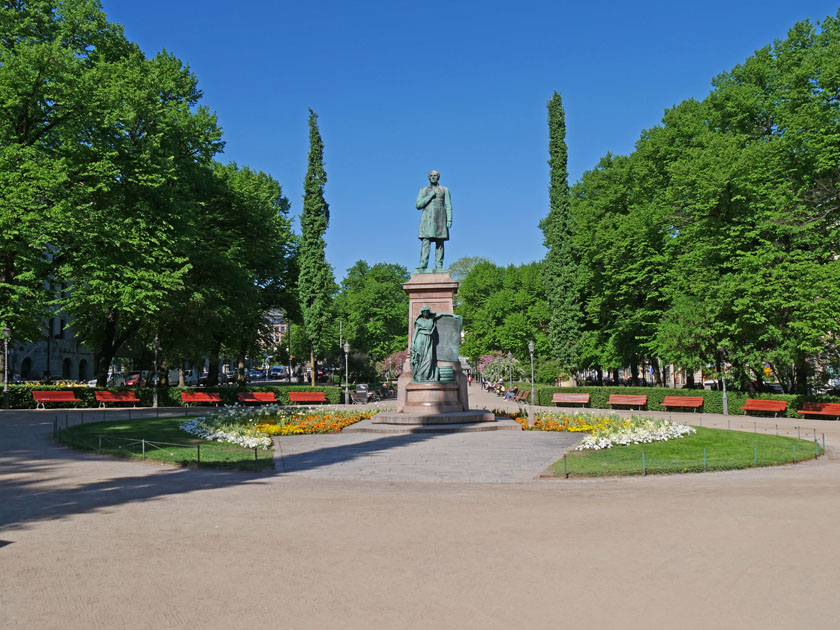 |
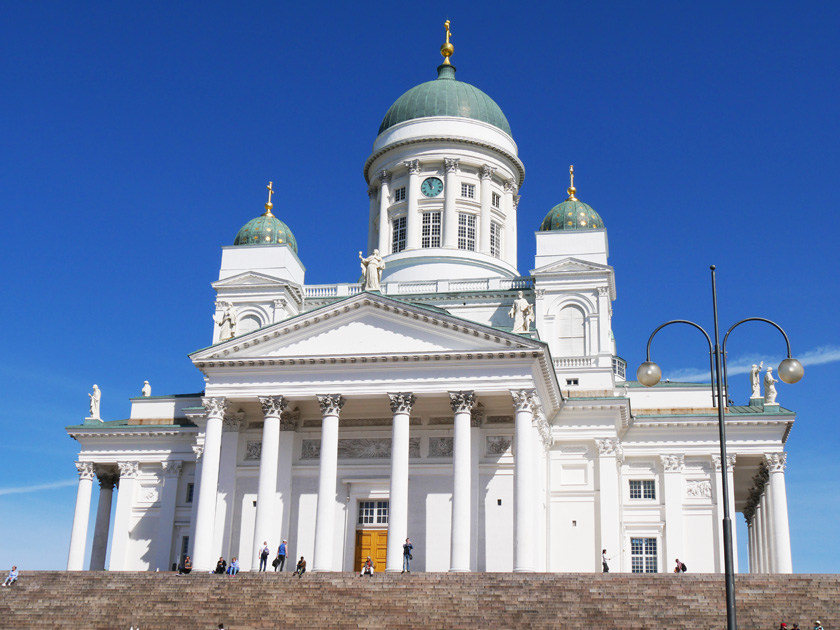 |
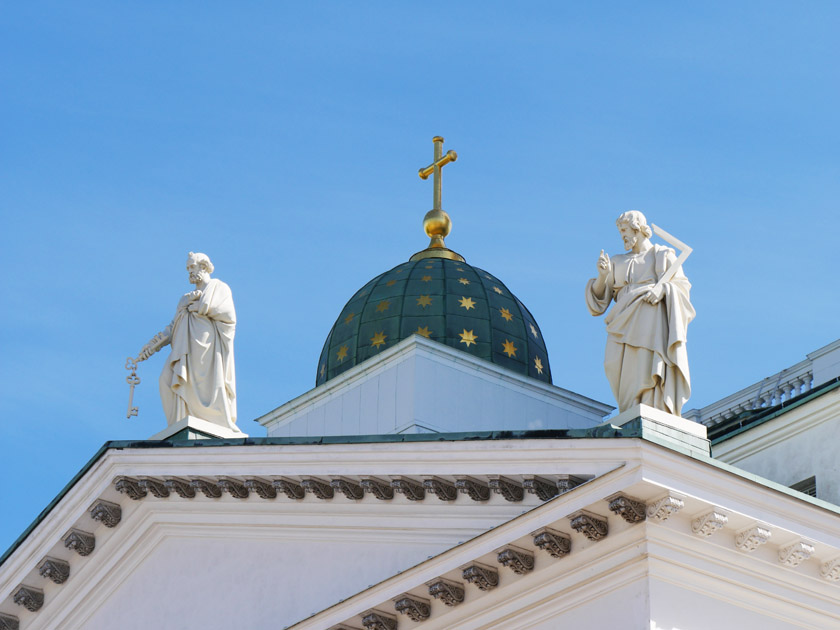 |
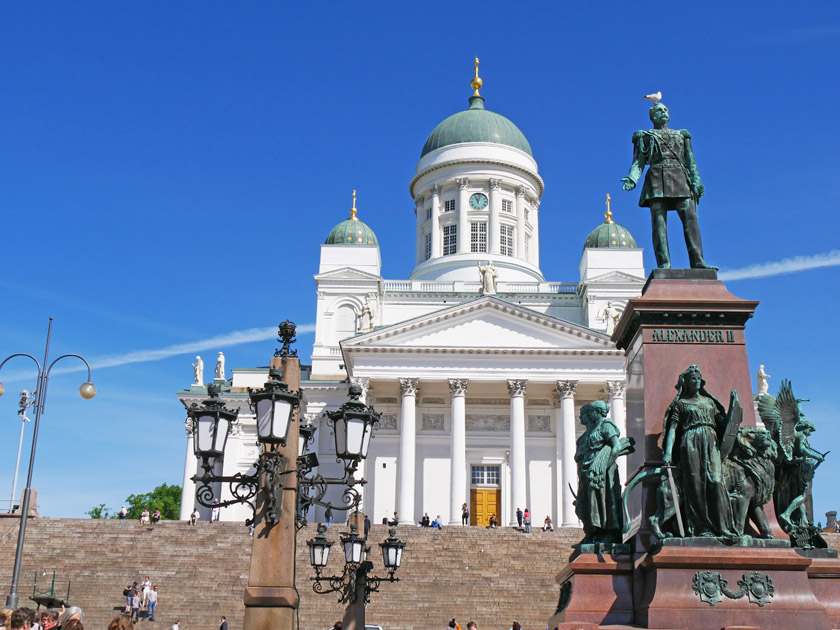 |
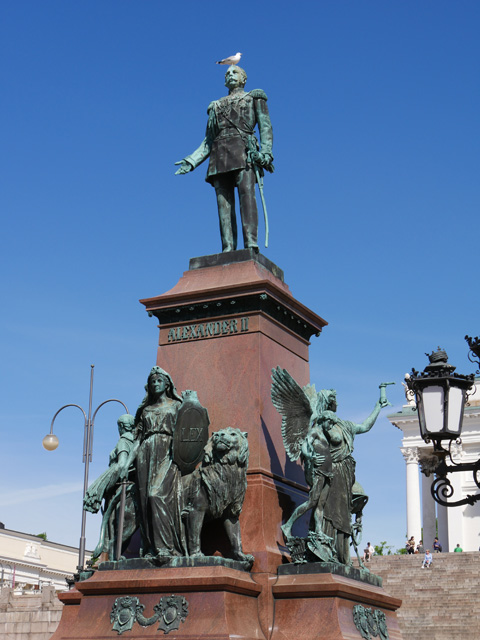 |
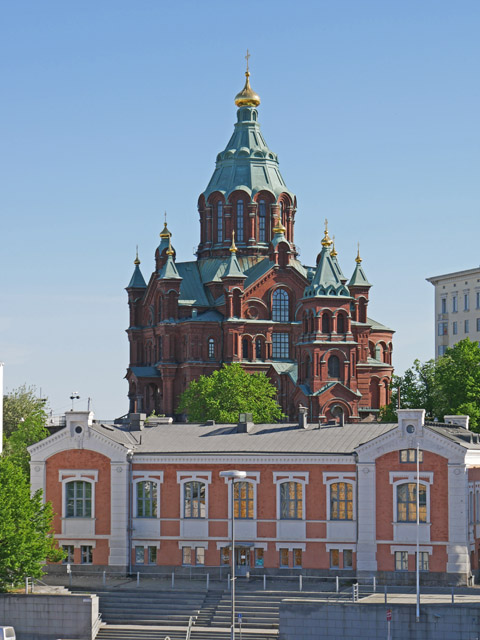 |
 |
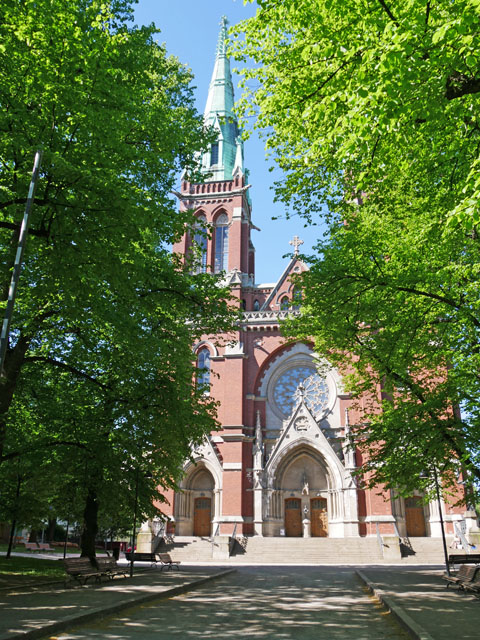 |
 |
Stockholm, Sweden
 |
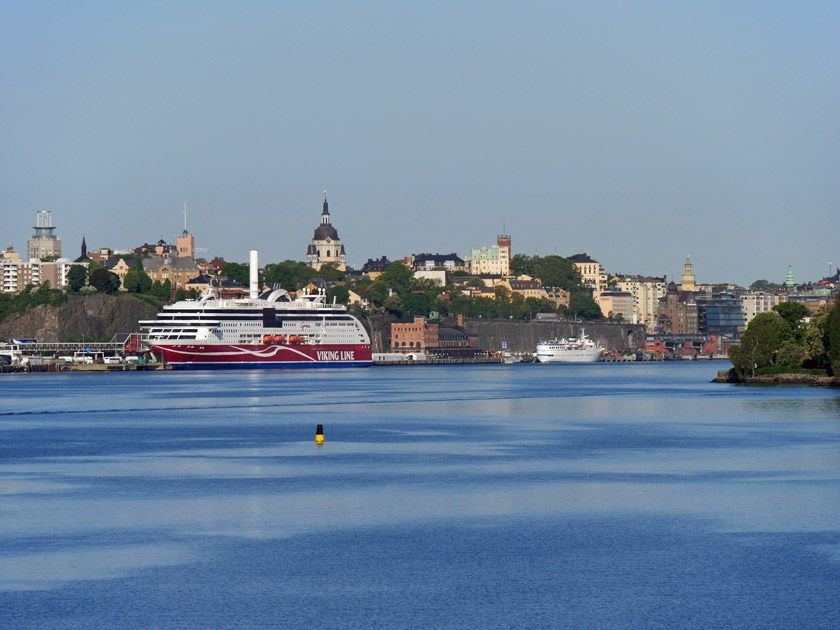 |
Stockholm is the capital and the largest city of Sweden, founded around 1250. It is located on 14 islands on the south-east coast of Sweden at the mouth of Lake Malaren, As of 2018, Stockholm is home to 22% of Sweden's residents with a population of more than 2.2 million in the metropolitan area. With over 30% of the city being made up of waterways, Stockholm is sometimes referred to as the "Venice of the North". |
||
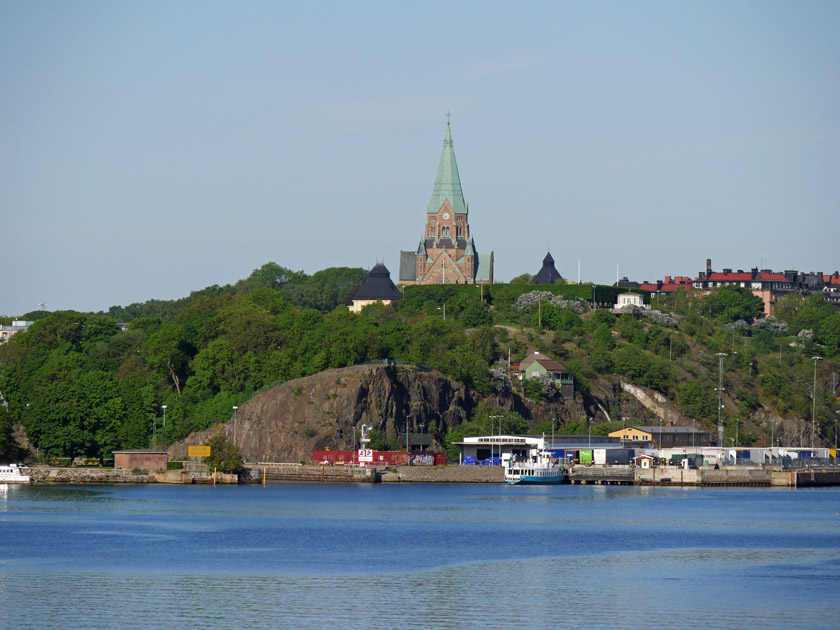 |
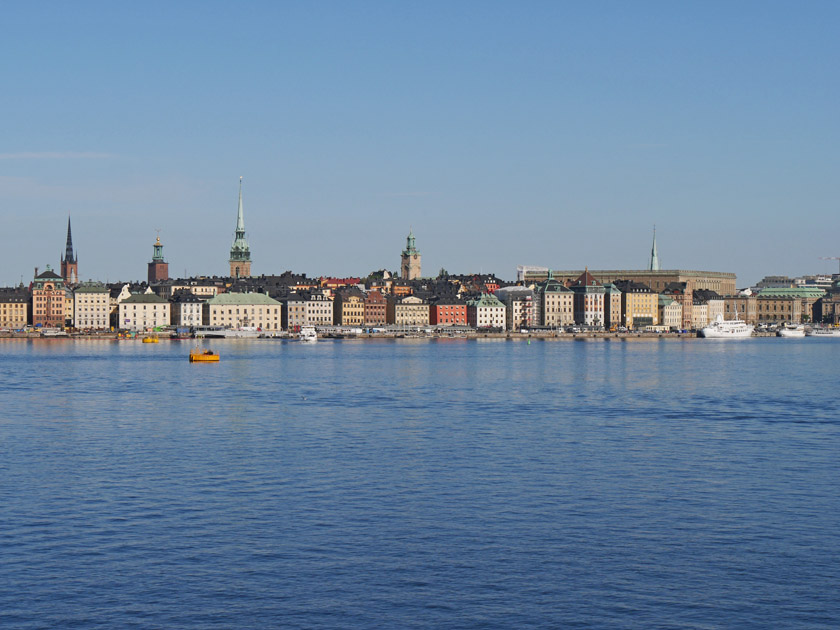 |
 |
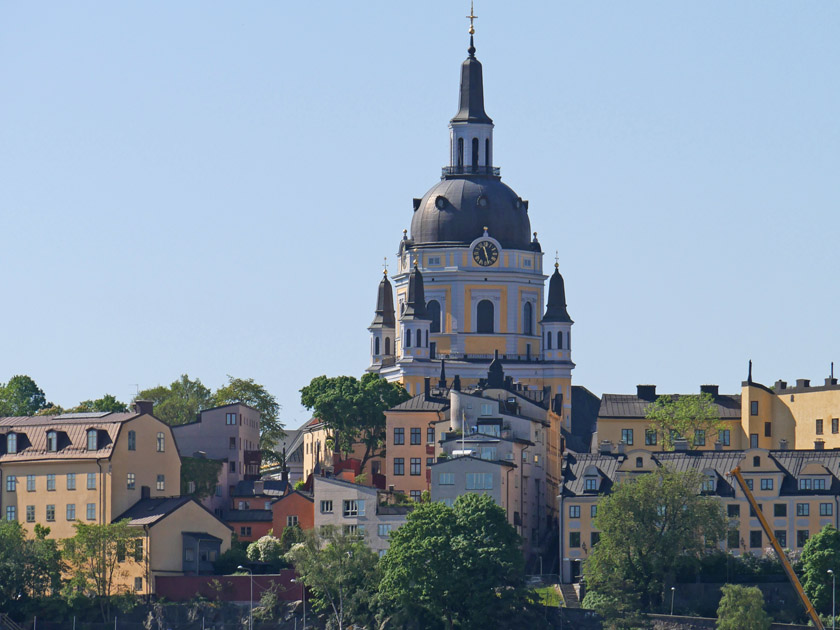 |
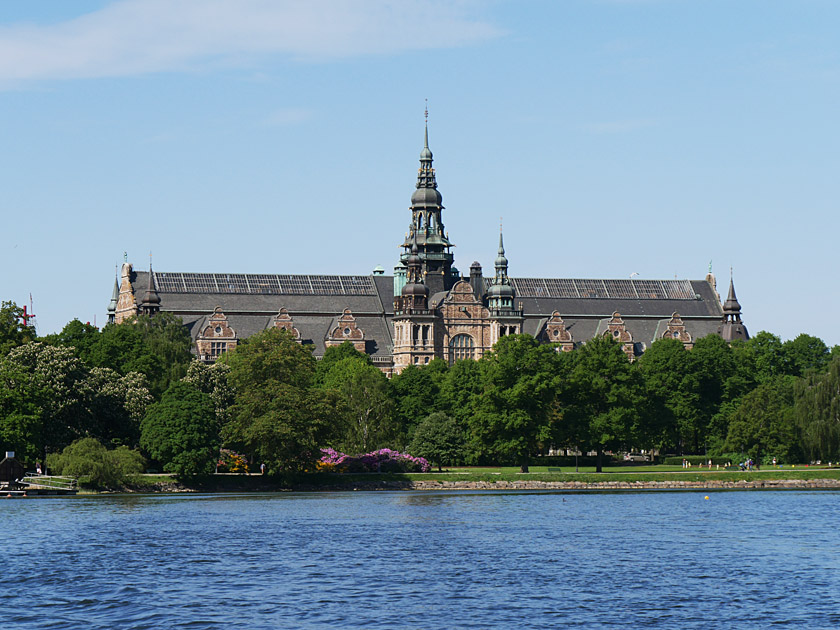 |
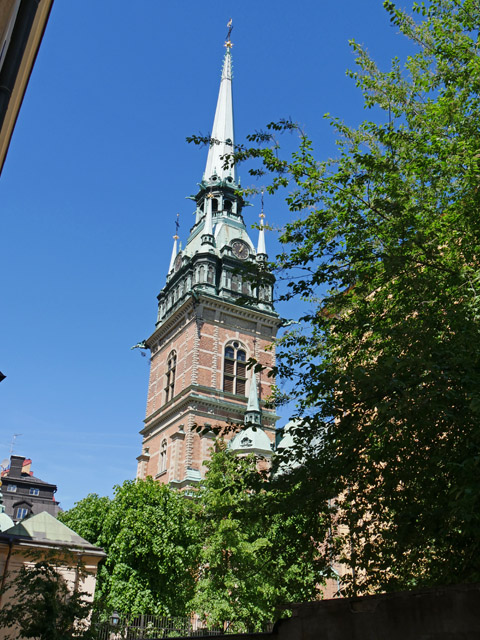 |
|
 |
||||
 |
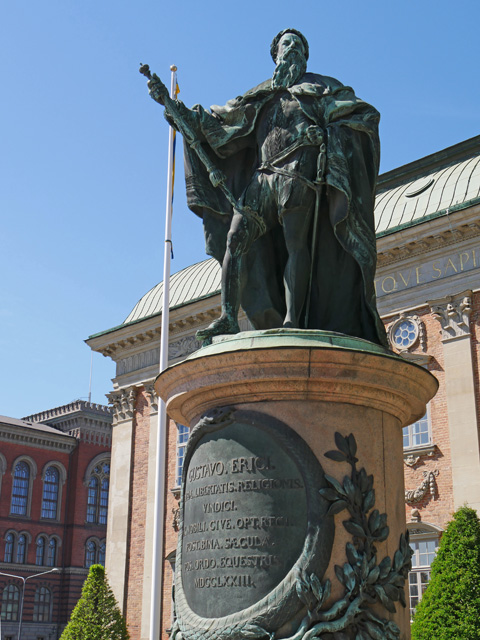 |
 |
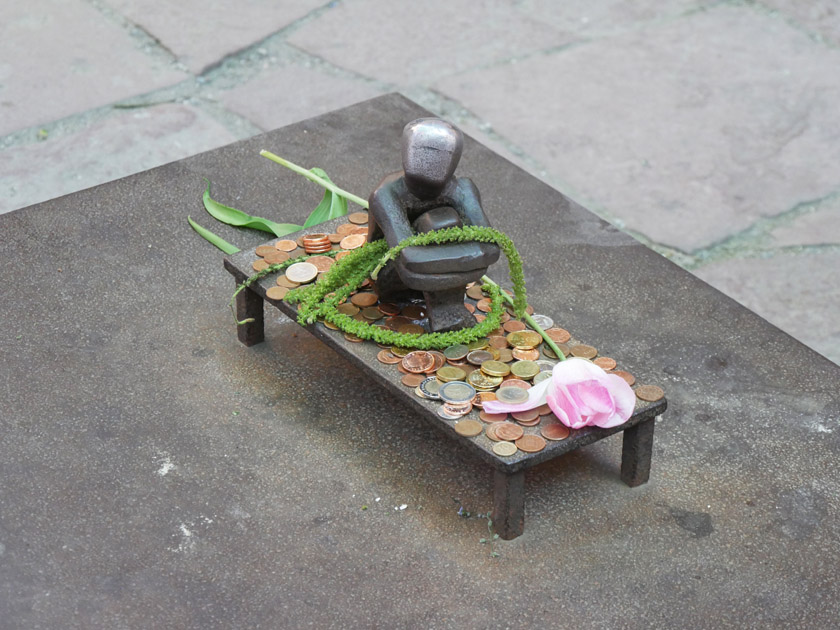 |
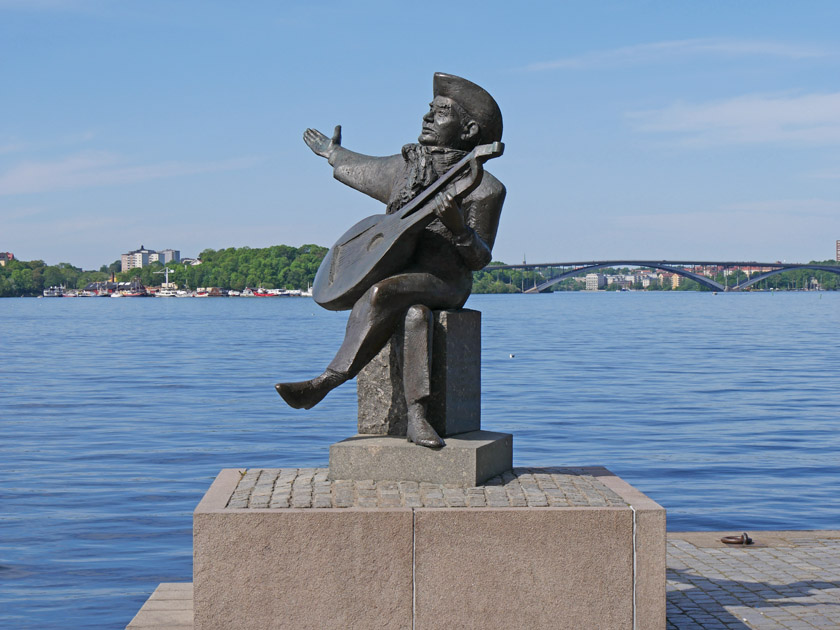 |
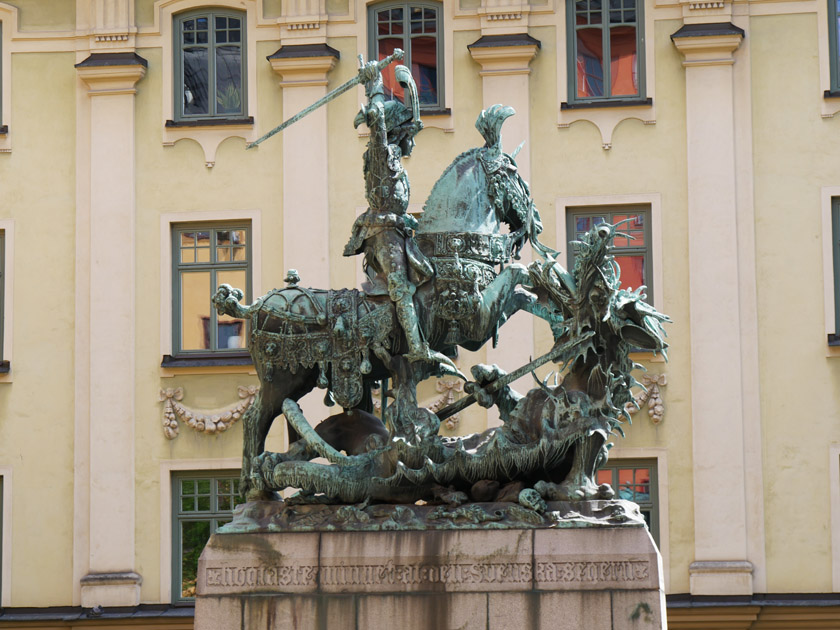 |
Stockholm City Hall (or Stadshuset) stands on the eastern tip of Kungsholmen Island. The southeast comer of the building is marked by a monumental tower crowned by the Three Crowns, a historic symbol for Sweden. Inside, the Golden Hall (Gyllene Salen) is decorated with more than 18 million tiles depicting various motifs from Swedish history. |
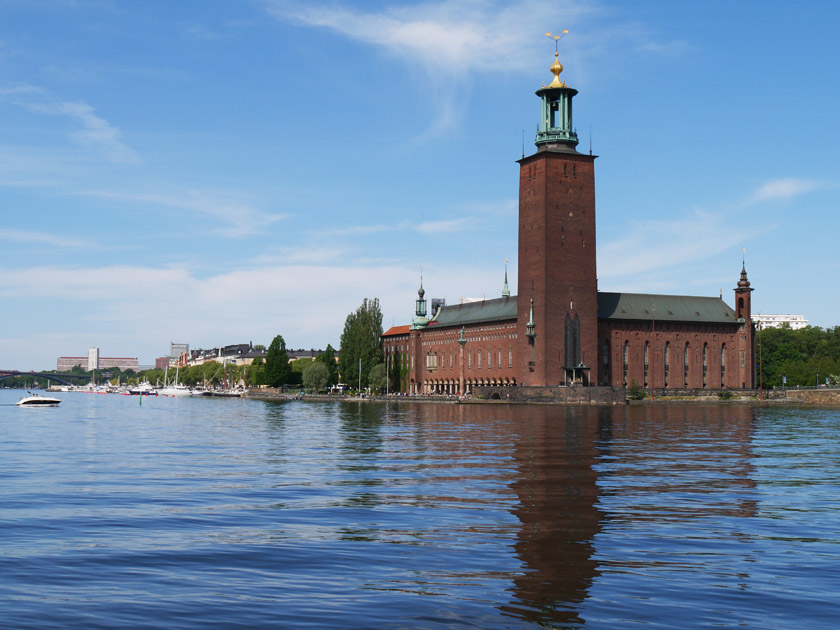 |
||
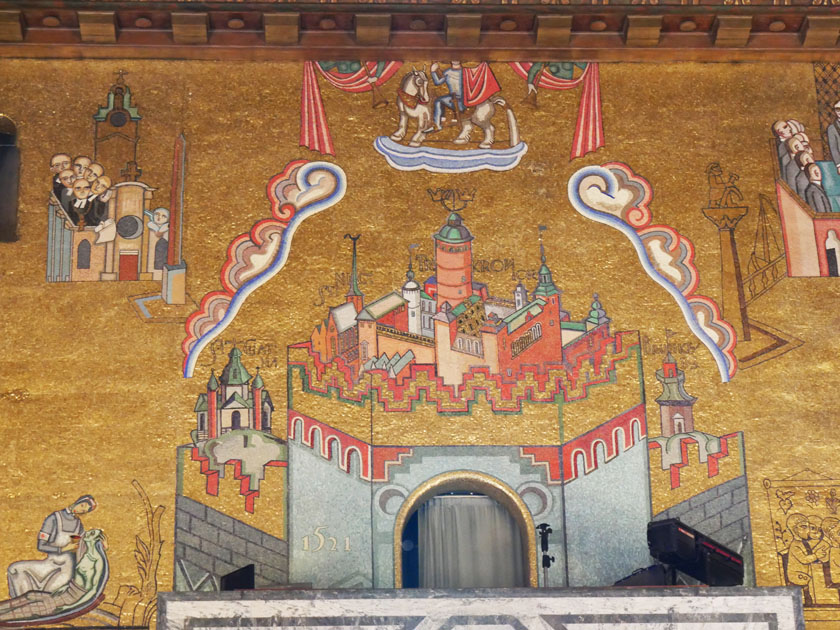 |
 |
 |
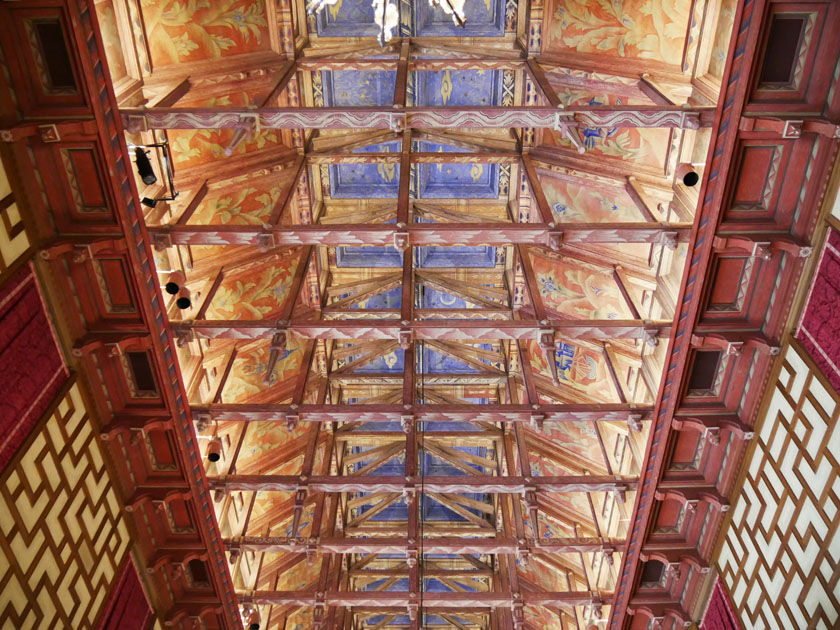 |
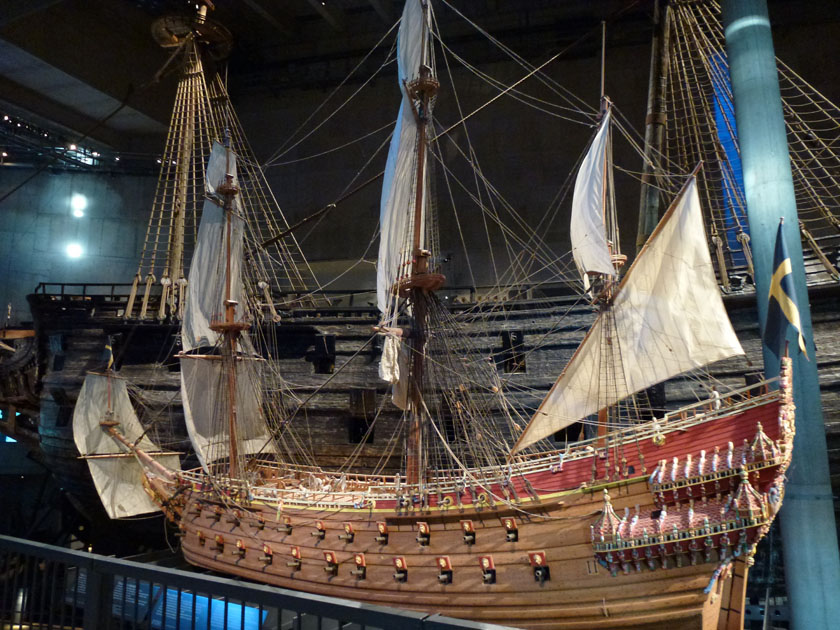 |
The Vasa is a Swedish warship that was built from 1626 to 1628. The ship foundered and sank after sailing less than a nautical mile into her maiden voyage on August 10, 1628. Most of her valuable bronze cannons were salvaged in the 17th century. She was located again in the late 1950s, just outside the Stockholm harbor. and her largely intact hull was raised on April 24, 1961. No expense was spared in decorating and equipping the Vasa, adorned with hundreds of sculptures, all of them painted in vivid colors as shown on the model. |
||||||
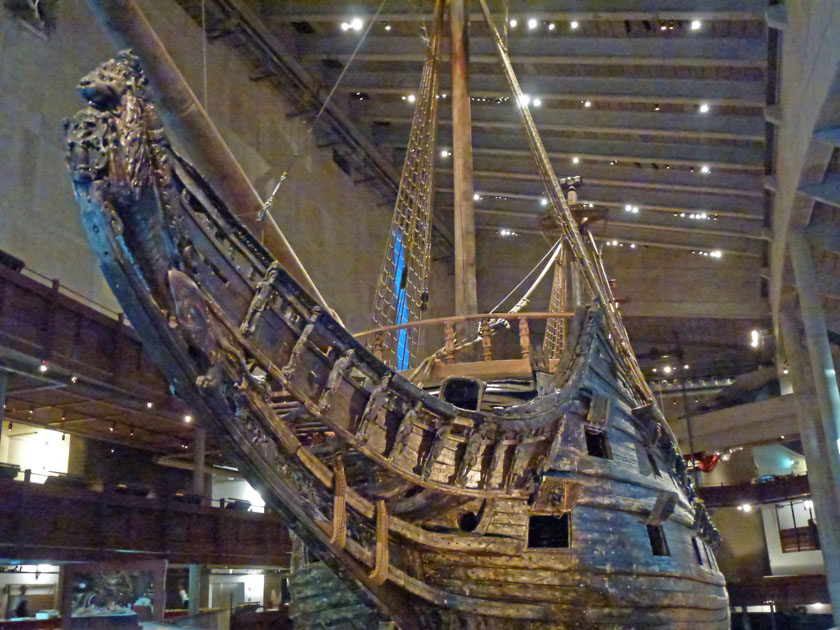 |
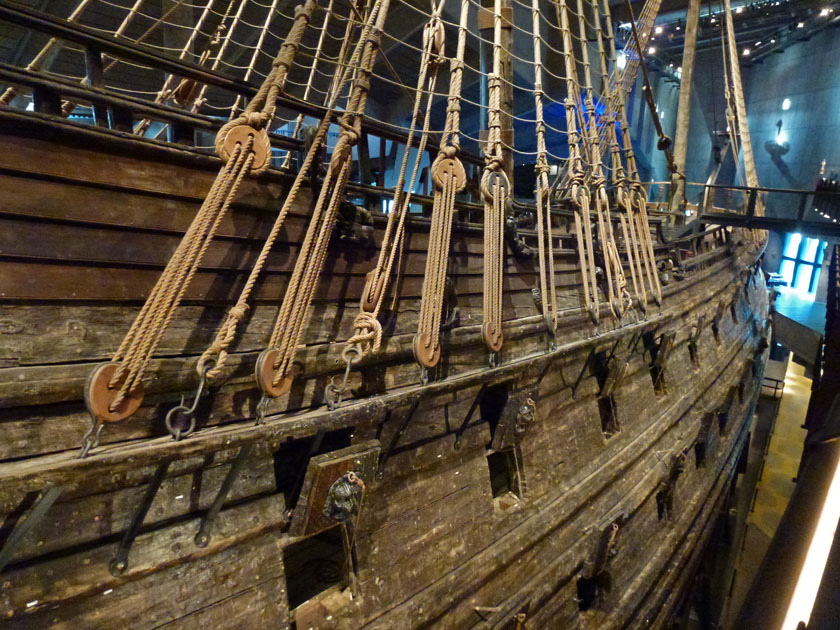 |
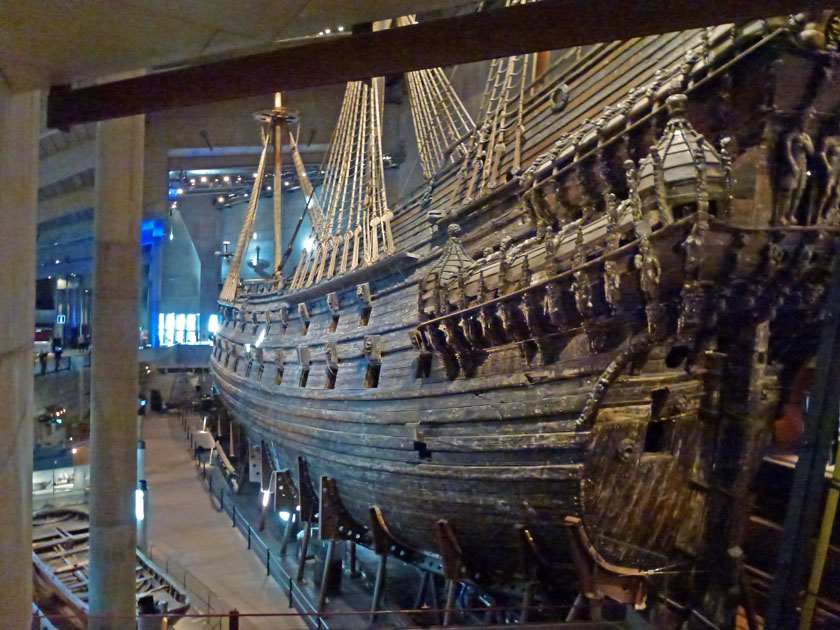 |
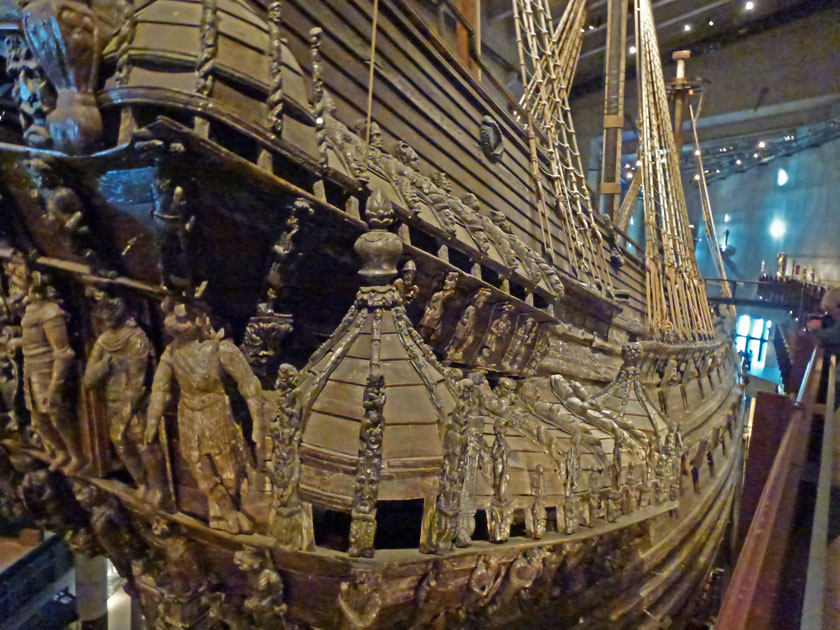 |
||||
|
|||||||
